This is a snapshot of life as a kid at the end of the 20th Century. It was really a blast. There were amusement parks, sort of rinky-dink second-rate amusement parks, rinky-dink roller rinks, huts with pizza in 'em, large gymnasiums full of tubes and netting and pits with balls in 'em, pizza establishments with games and animatronics, movie theaters and dollar-saver movie theaters that would show the same movies weeks later and for cheaper, forests, parks, tree club houses, skate parks, seriously some parks were just made of cement, lazer tag, arcades, and so many chunks of plastic in the figuration of beloved fictional characters. These latter 'toys' were not only an experiential recreation like the others I listed, but a lasting product for play or collecting. However. I don't own any of these toys, but they were all part of the merchandising journey of a lower-mid-dle-class consumer/youngster.
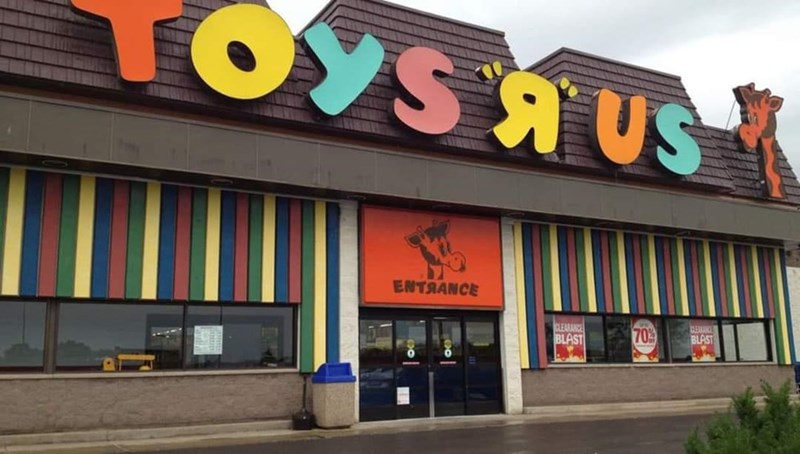


These are the sorts of places that used to have these chunks of plastic in the shapes of things you might want in your home. They also had some plush toys, bicycles, skateboards, nerf guns, LEGO, board games, and plastic cartridges with video game data inside. You can see more of that here GAMES. The way games worked in those days is that a security-locked (bike lock equivalent or better) console would be displayed in a store for retail toy or game sales or game rentals, or box store including such, where gaming individuals could test the product's quality. Then a paper ticked was available to indicate the desired game for purchase, which would be turned in at the appropriate window counter for said transaction.
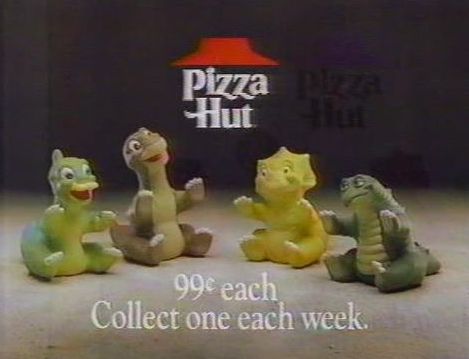

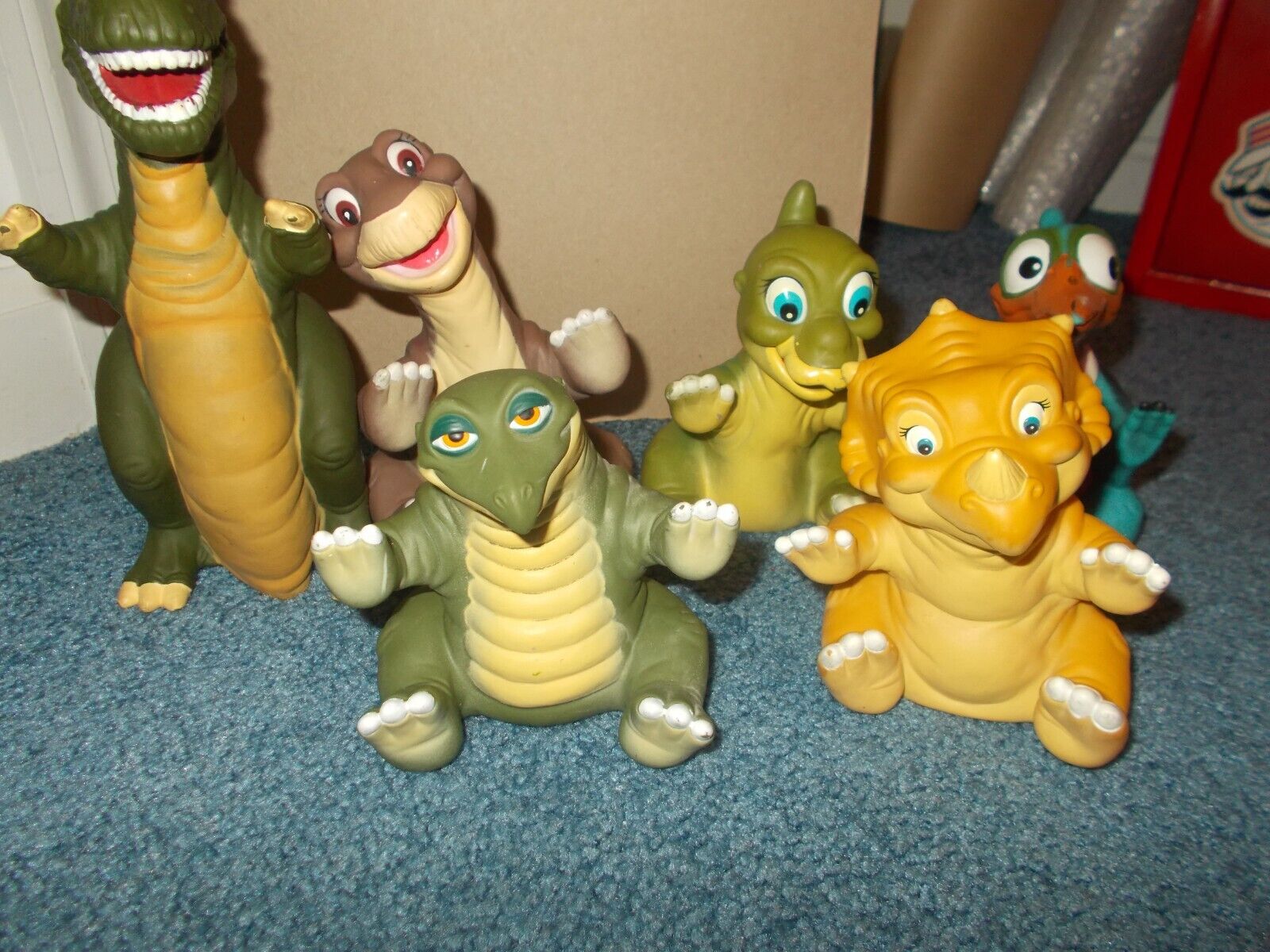
Sometimes a particular pizza-filled hut or cereal box might have a cross-branded promotion wherein consumers (via the purchasing power of their parents, or parent-funded allowances) would be able to patronize two of their favored brands at once. This was how so many more chunks of plastic, often with hand-shaped concave cavities inside, or with characters fused to their respective vehicles, would end up littering bedrooms for pennies on the dollar. One such experiment took the form of VHS tape adventures of the Kool-Aid Man involving math, archive footage and video editing. Ronald McDonald made similar efforts, and other compliation videos of the Teenage Mutant Ninja Turtles and X-Men were produced for those aforementioned huts of pizza.

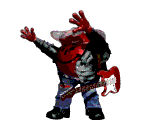
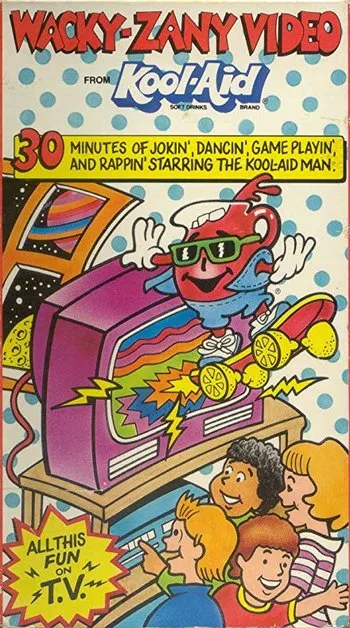
![]()
Small children were also raised on various formulations of plastic that included these Mickey Mouse and Sesame Street baby toys. Many books and videos were released that purported to educate or entertain the youth of that time, and Gym Dandee was a brand of home (yard) swing sets and gymnasia for periods of physical activity. Haircuts for children at this time were quite cruel.
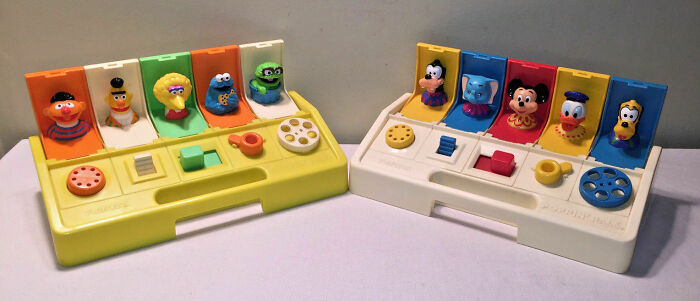
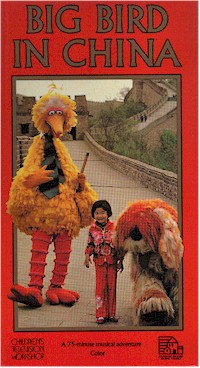
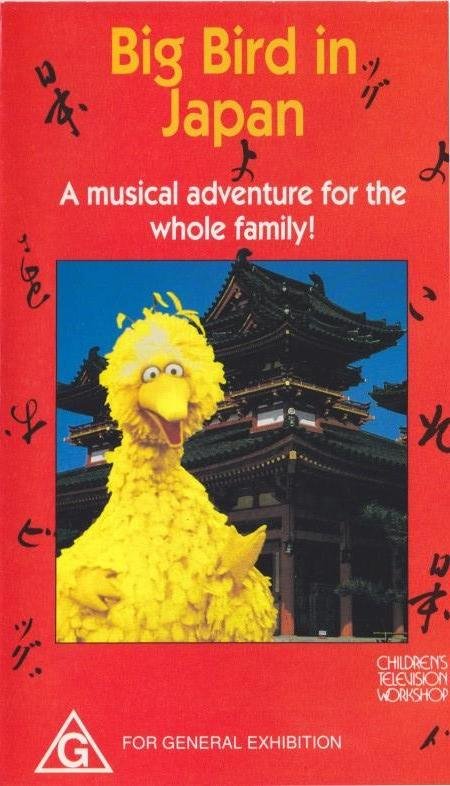
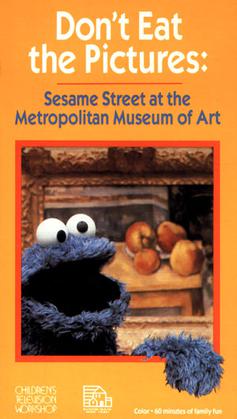

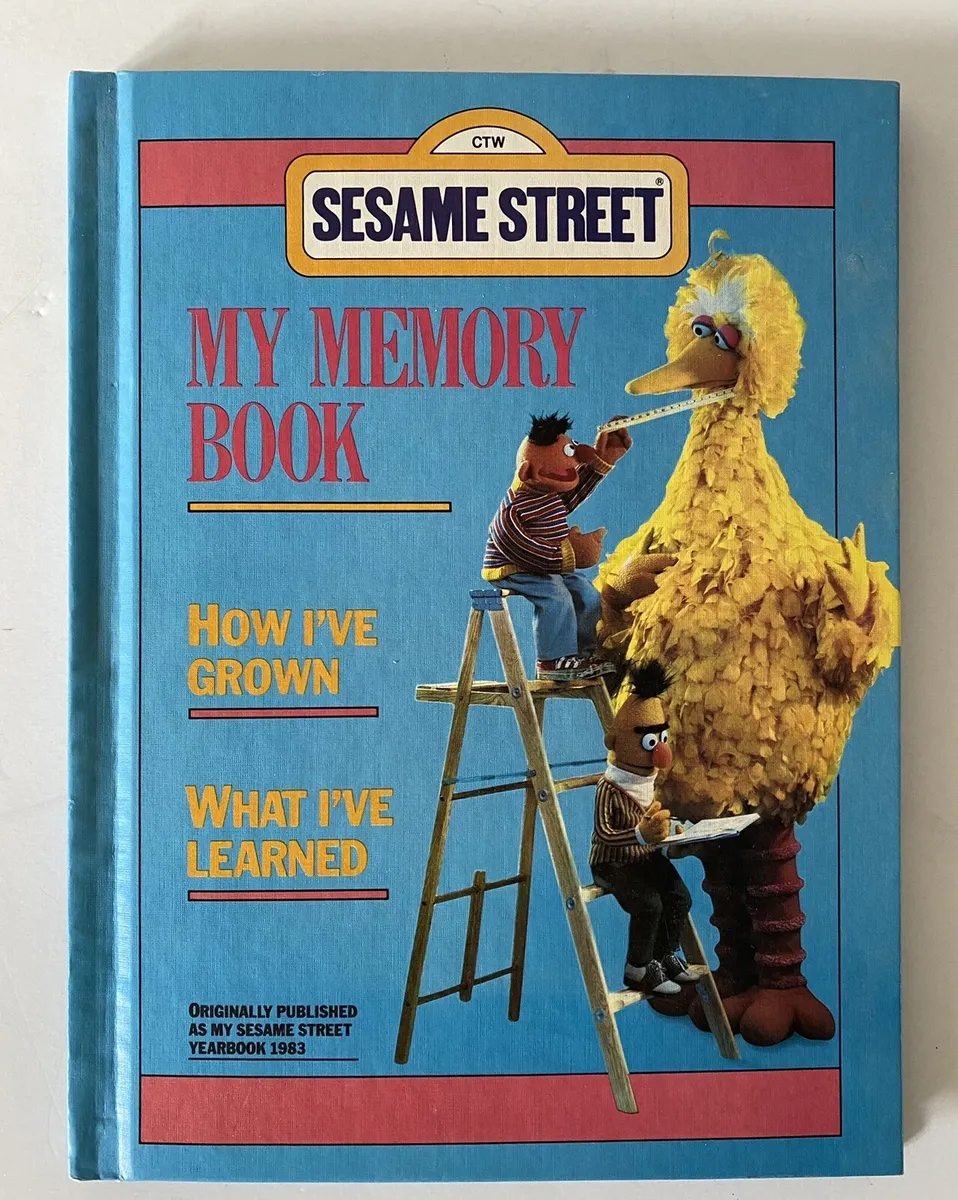

Physical activity, of course, is quite important for children and more plastic was produced to accomodate the child population at this time. Here we see typical yellow Fisher-Price skates for small children, a large turtle for climbing, a foot-propelled vehicle for emulating The Flintstones, and of course, a Bumble Ball, which was a motorized ball that would equal parts enrage and enrapture both toddlers and housepets.

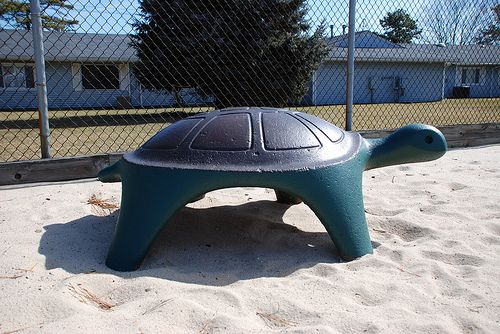
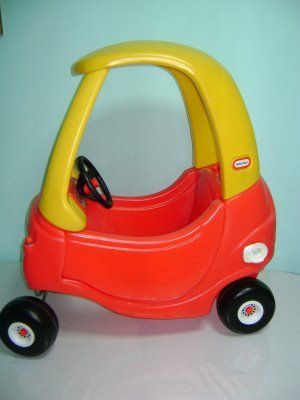

As alluded to earlier, many, if not the majority, of products at this time were branded to popular intellectual properties. Though often pretty blatant in its mass marketing and merchandising appeal, it is worth noting that this era slightly predates the corporate consolodation that would later bring so many of these characters and franchises under the ownership umbrella of only a few companies. At this time, deals were made between animation or film and entertainment studios with the various foodstuff producers and brands including fast food restaurant chains. As discussed earlier, this provided exclusive content that felt unique and special to the legions of fans who consumed the food and toy products simultaneously.
MUPPET BABIES

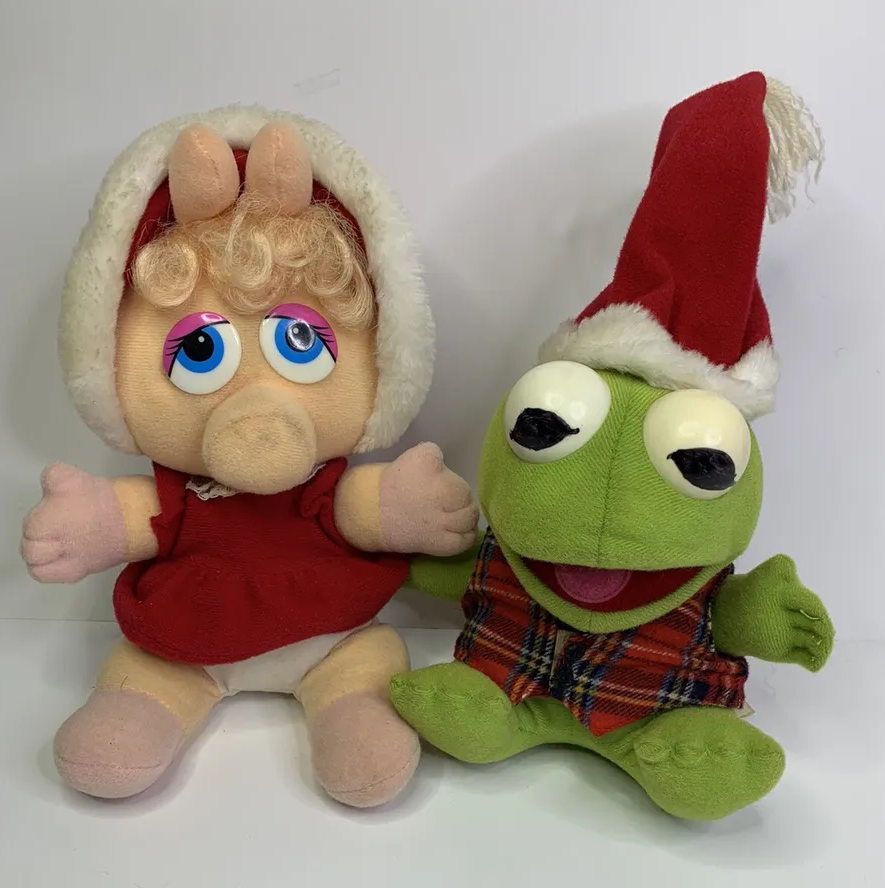
TMNT
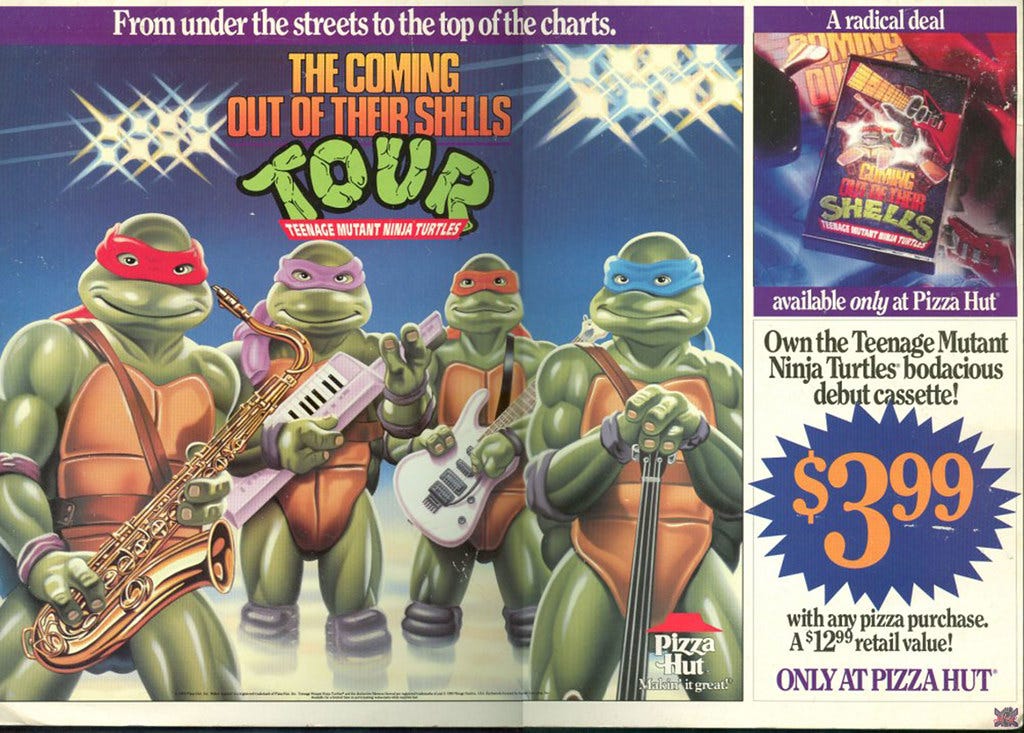
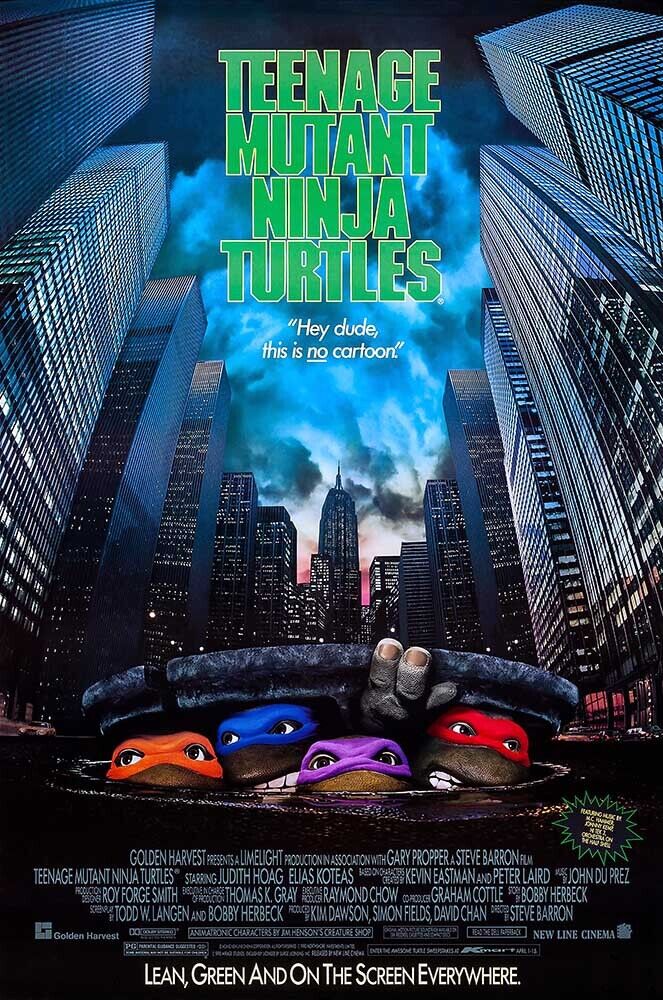
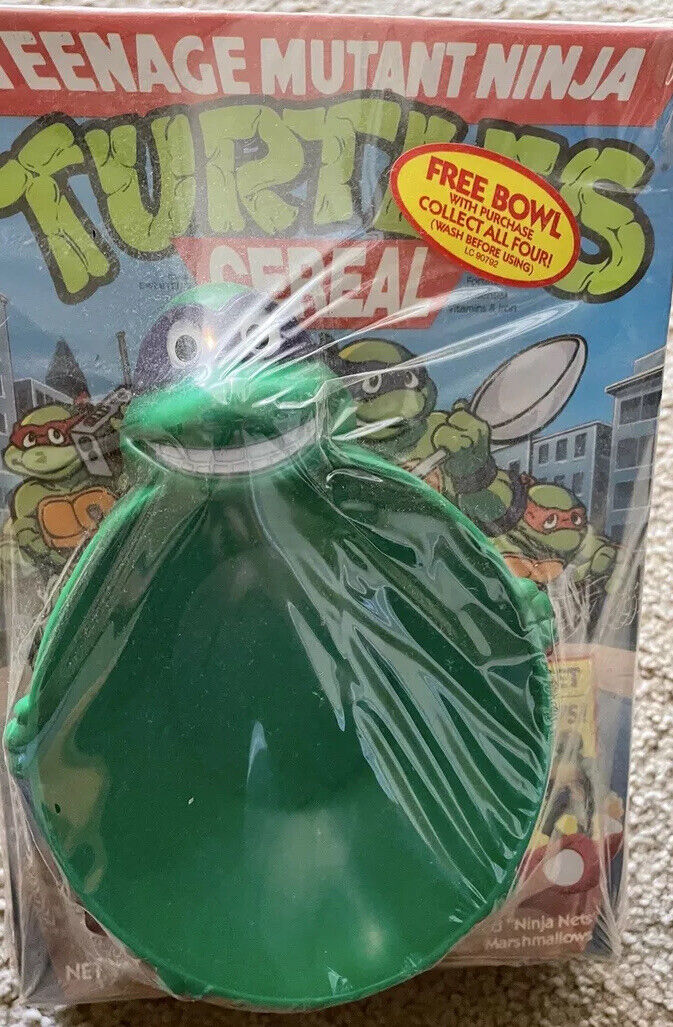
Sometimes, such as in that last image, popular characters or franchises would cross-promote with cereal to such an extent that a specifically-designed line of cereal would be produced and marketed. These cereals were usually quite disappointing in flavor, but novel and collectible in their own right. The Teenage Mutant Ninja Turtles cereals were notable for having their own chunks of plastic crafted into the vague resemblance of the characters themselves, with four completing the collection.
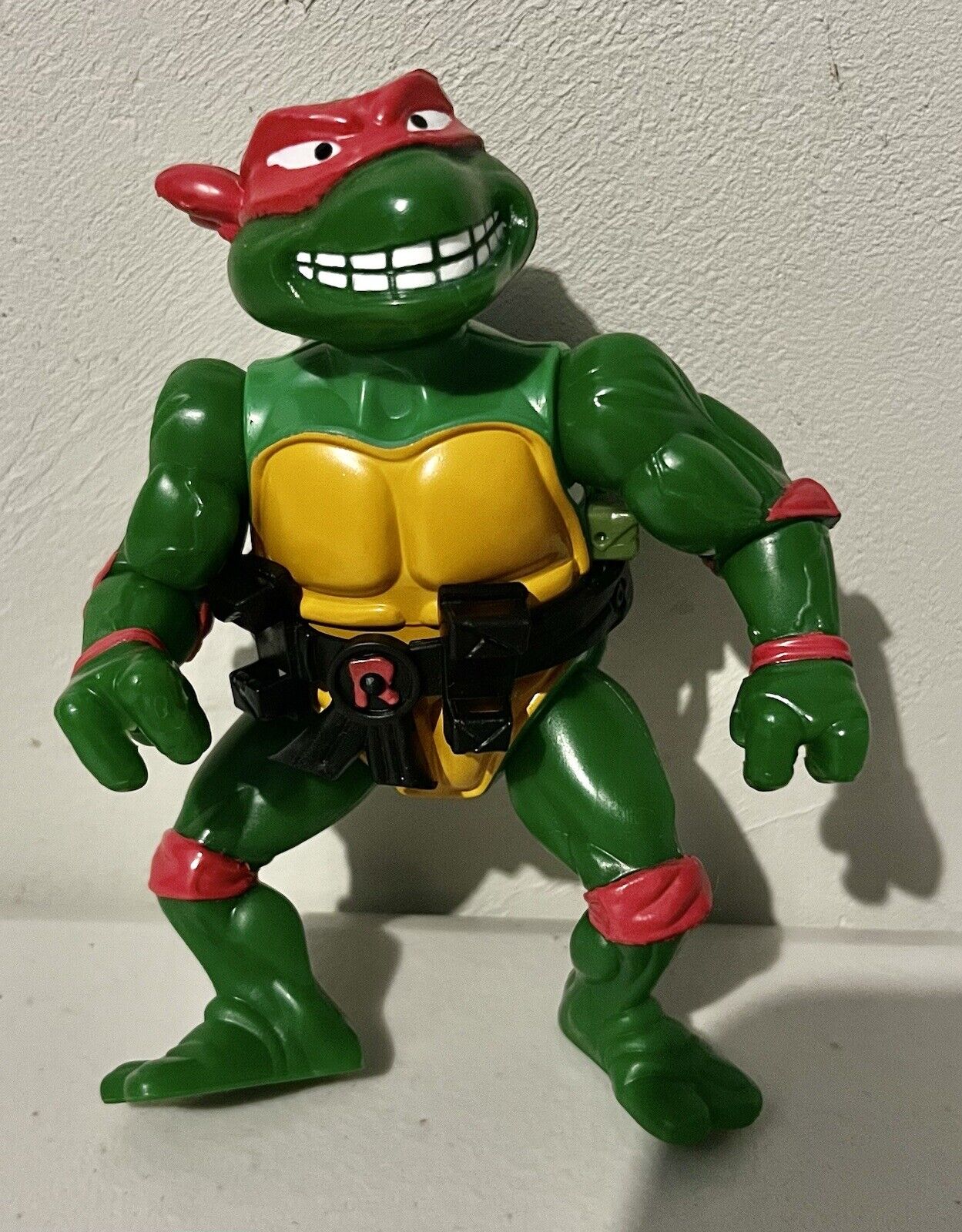
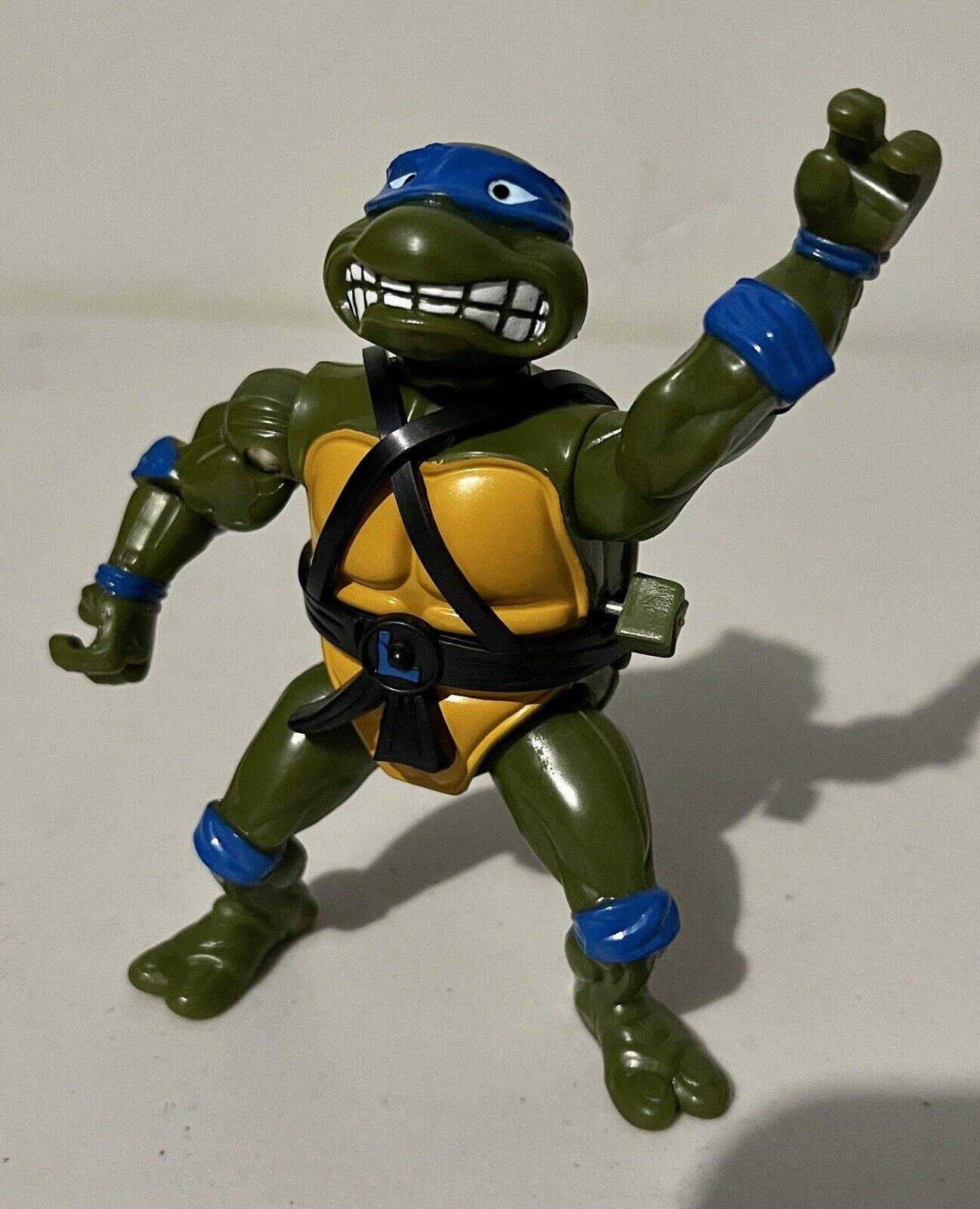

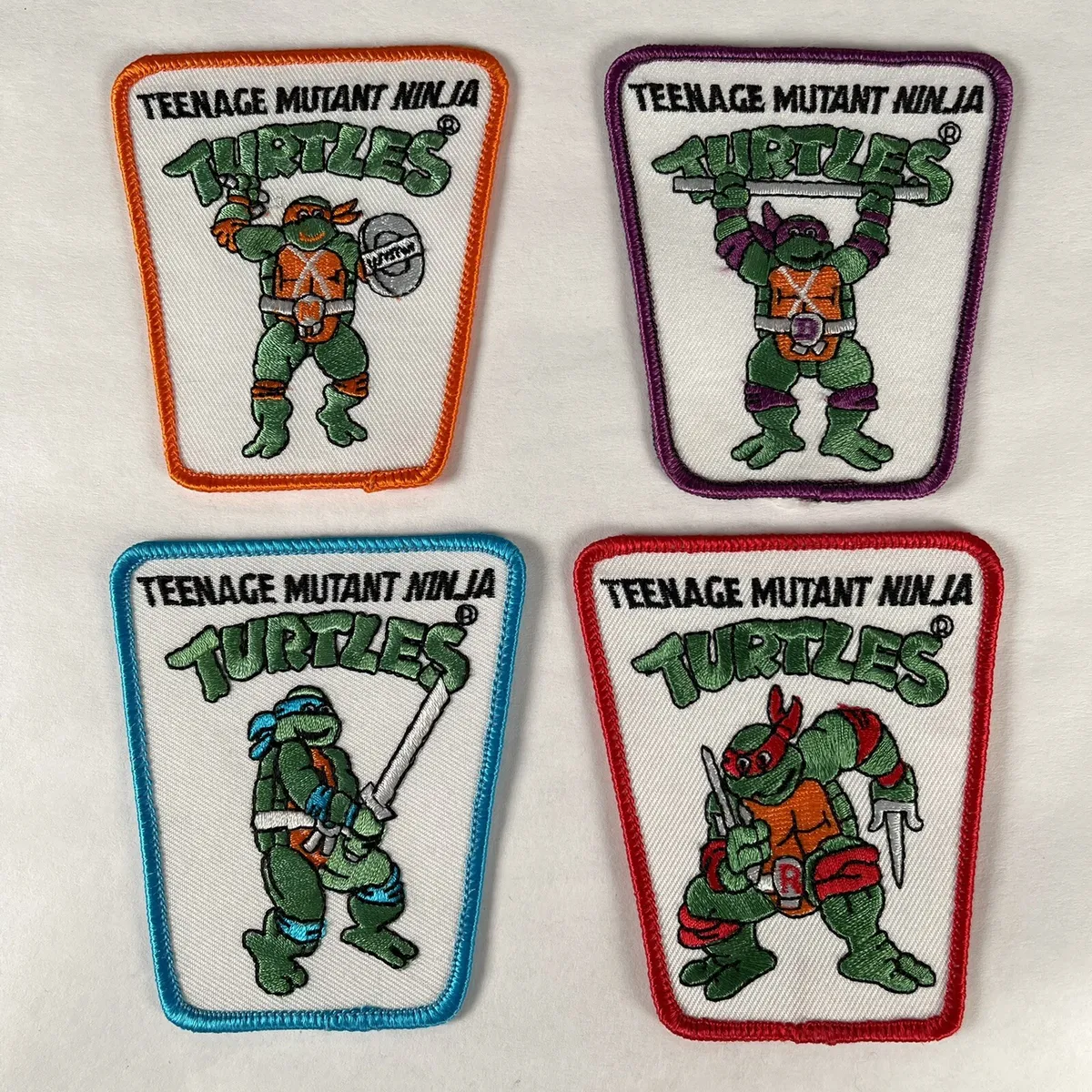
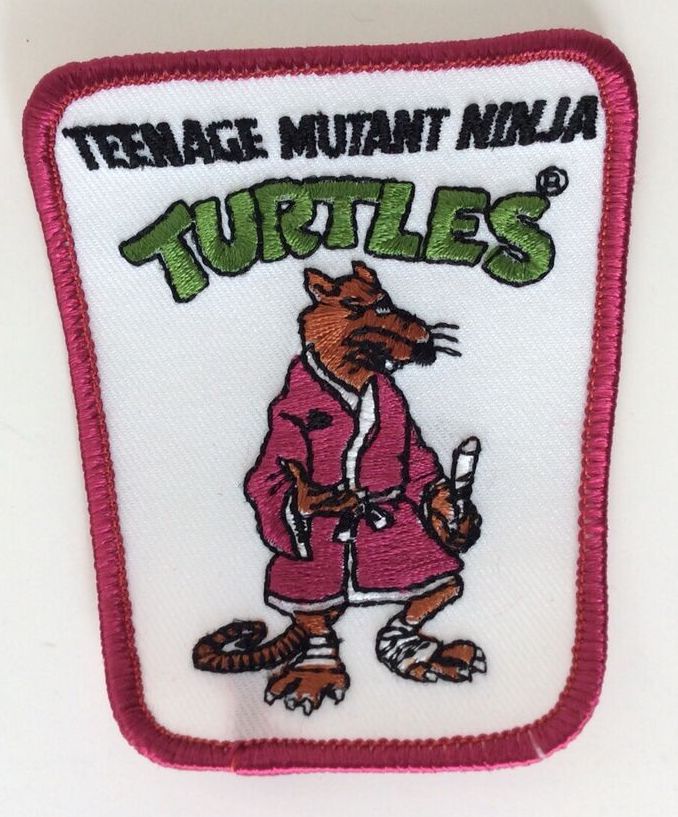
 This image of a Ninja Turtle toy represents a specialized form of toy-configured plastic; those designed as low-velocity kinetic weapons. They would (usually) not harm others, including siblings, cousings, friends, housepets or self, but there was much concern among overly-concerned adults that firing fast-moving plastic out of other plastic might be a bad idea to put into the hands of children. In this case, the plastic being shot is shaped like a pizza, and the plastic doing the shooting is supposed to be a device that the Ninja Turtles use for shooting pizzas.
This image of a Ninja Turtle toy represents a specialized form of toy-configured plastic; those designed as low-velocity kinetic weapons. They would (usually) not harm others, including siblings, cousings, friends, housepets or self, but there was much concern among overly-concerned adults that firing fast-moving plastic out of other plastic might be a bad idea to put into the hands of children. In this case, the plastic being shot is shaped like a pizza, and the plastic doing the shooting is supposed to be a device that the Ninja Turtles use for shooting pizzas.
LOONEY TUNES
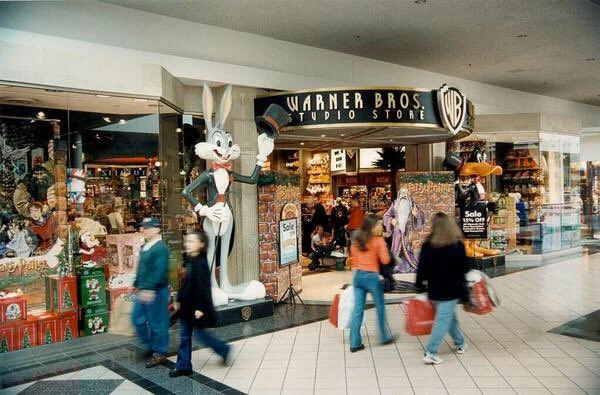

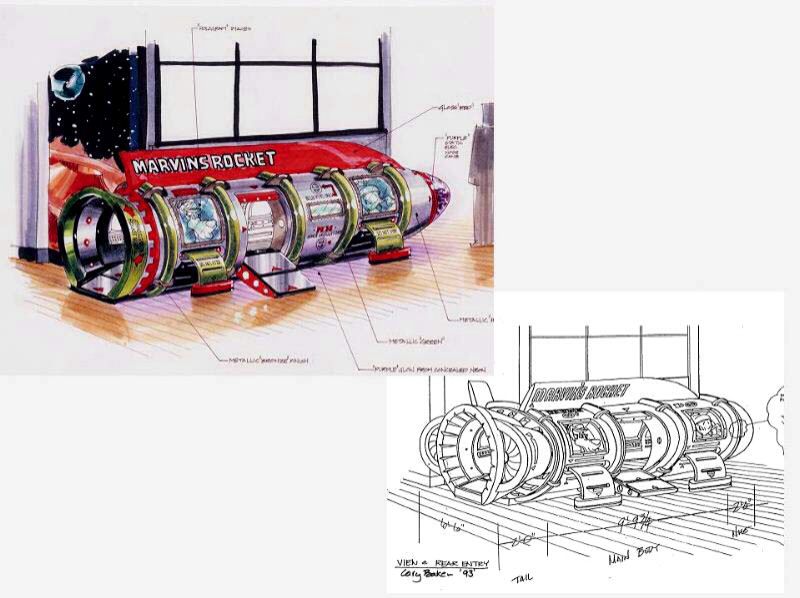
Yes, Warner Brothers had retail stores in some malls for products based on their intellectual property, which featured the Looney Tunes and Batman/Superman quite extensively. There was even a play area of shaped plastic to resemble Marvin the Martian's rocket.
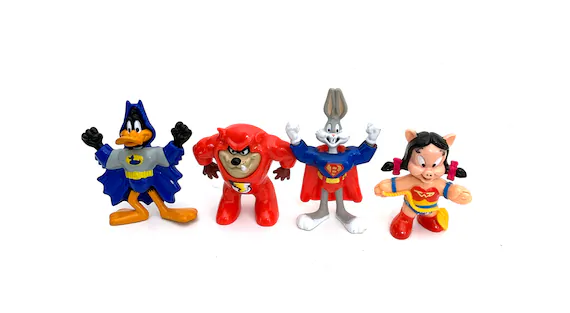
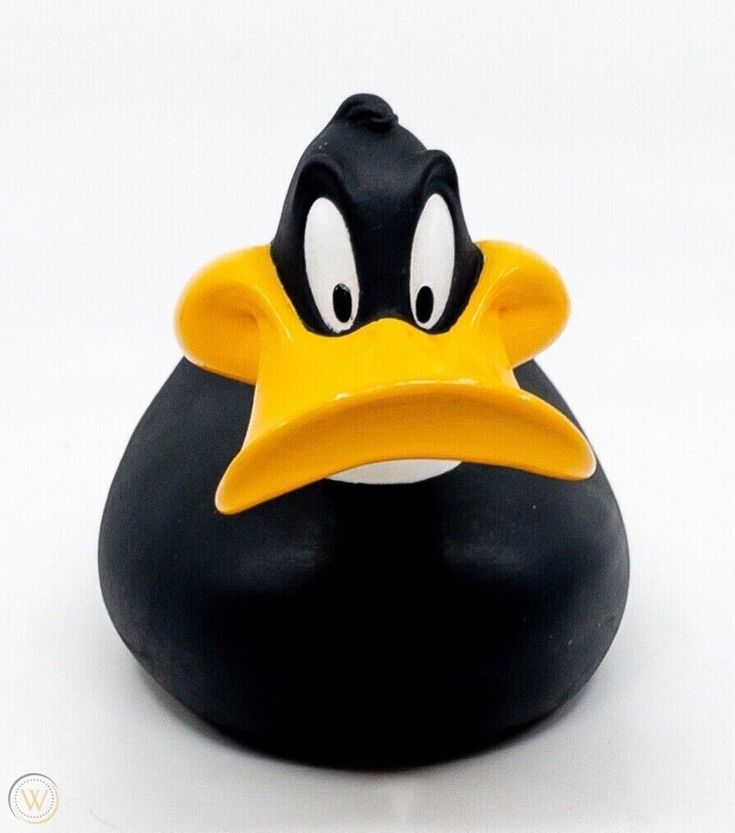
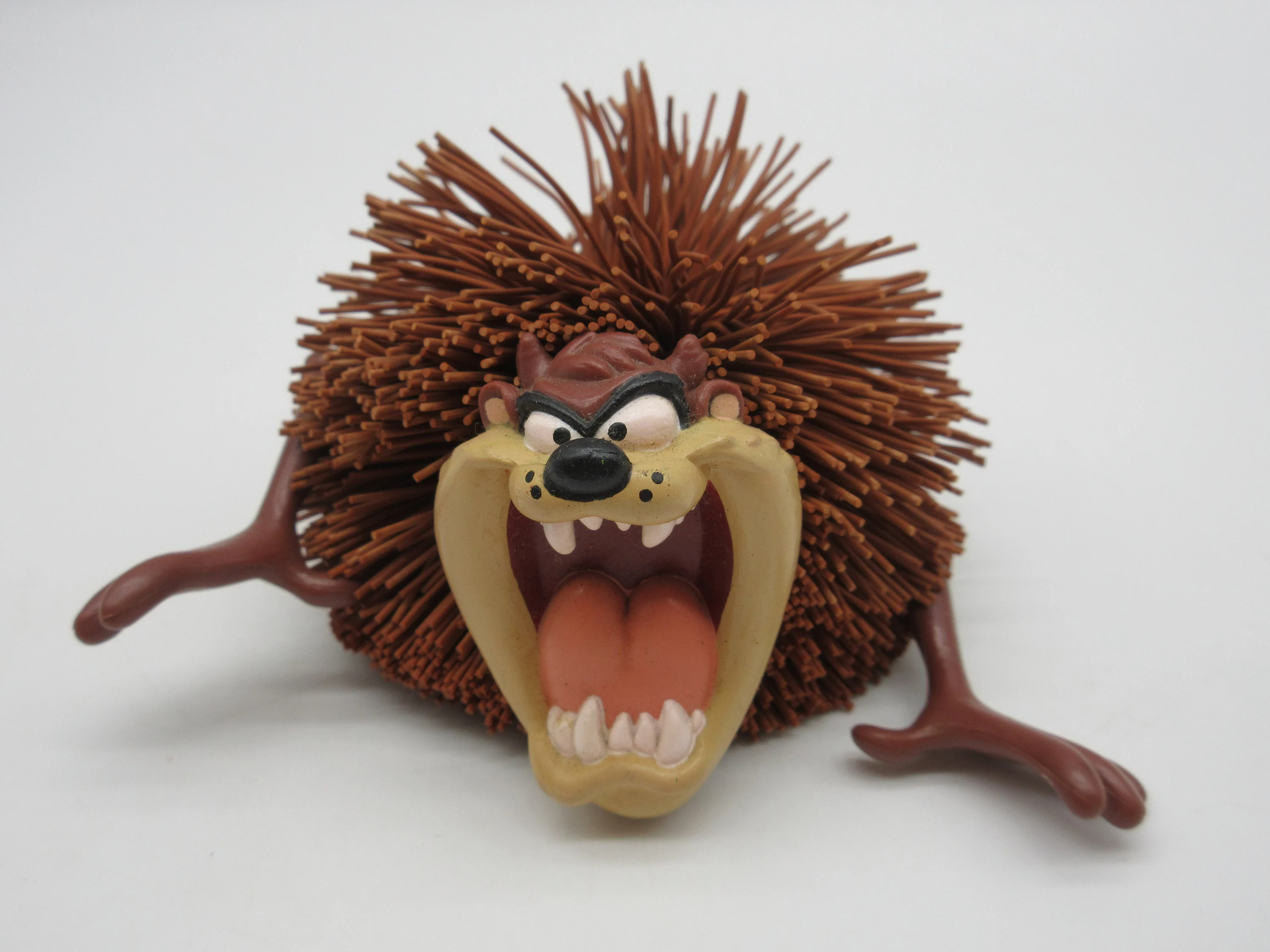

DISNEY
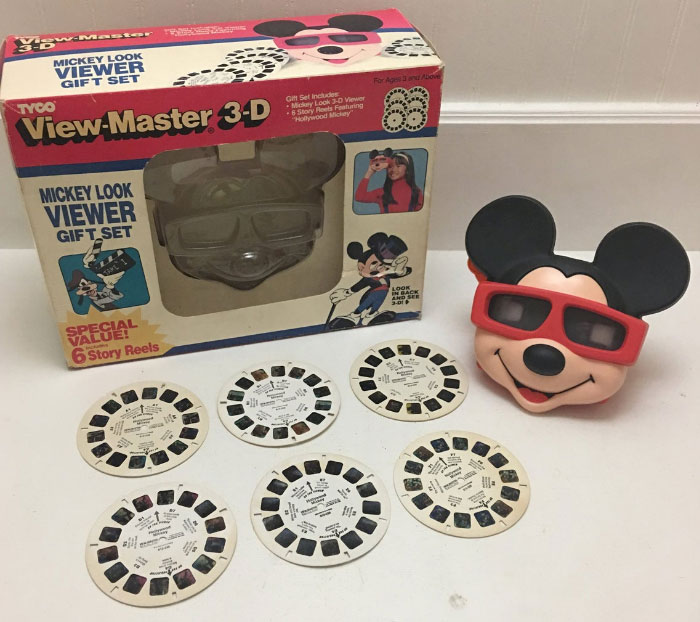
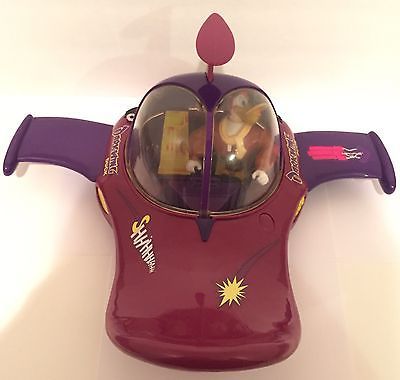

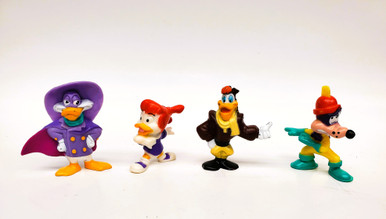
MARVEL COMICS
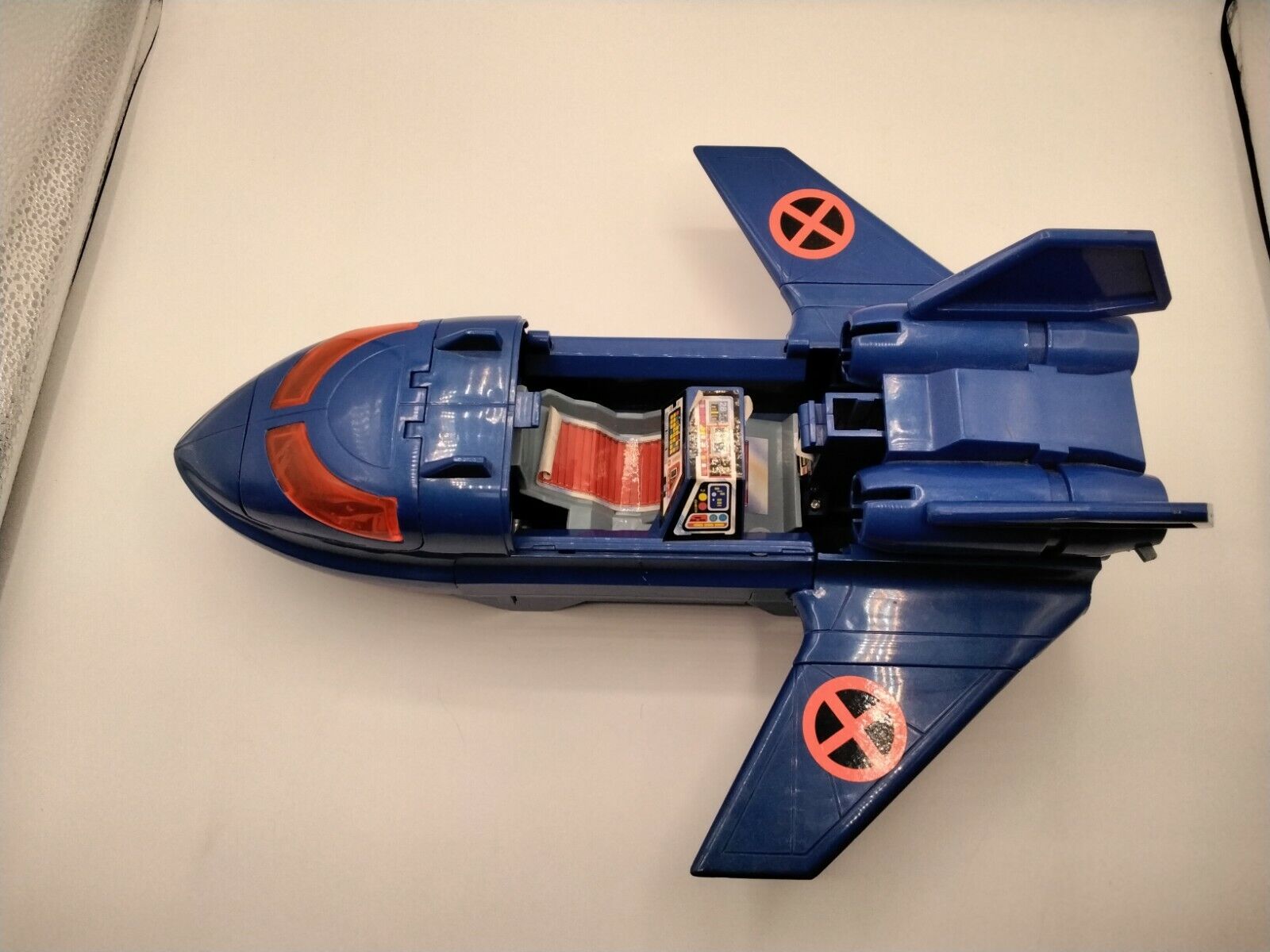
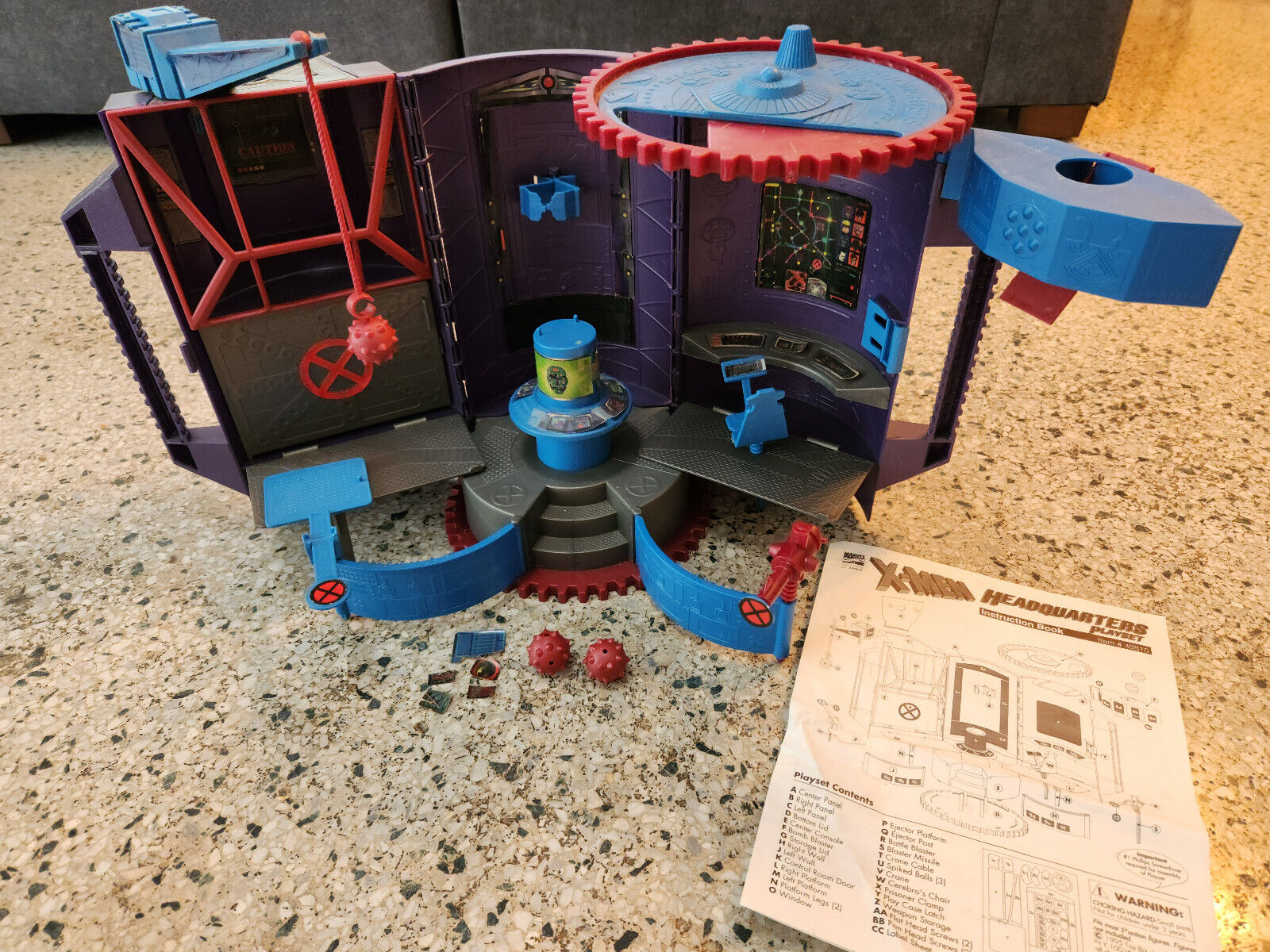
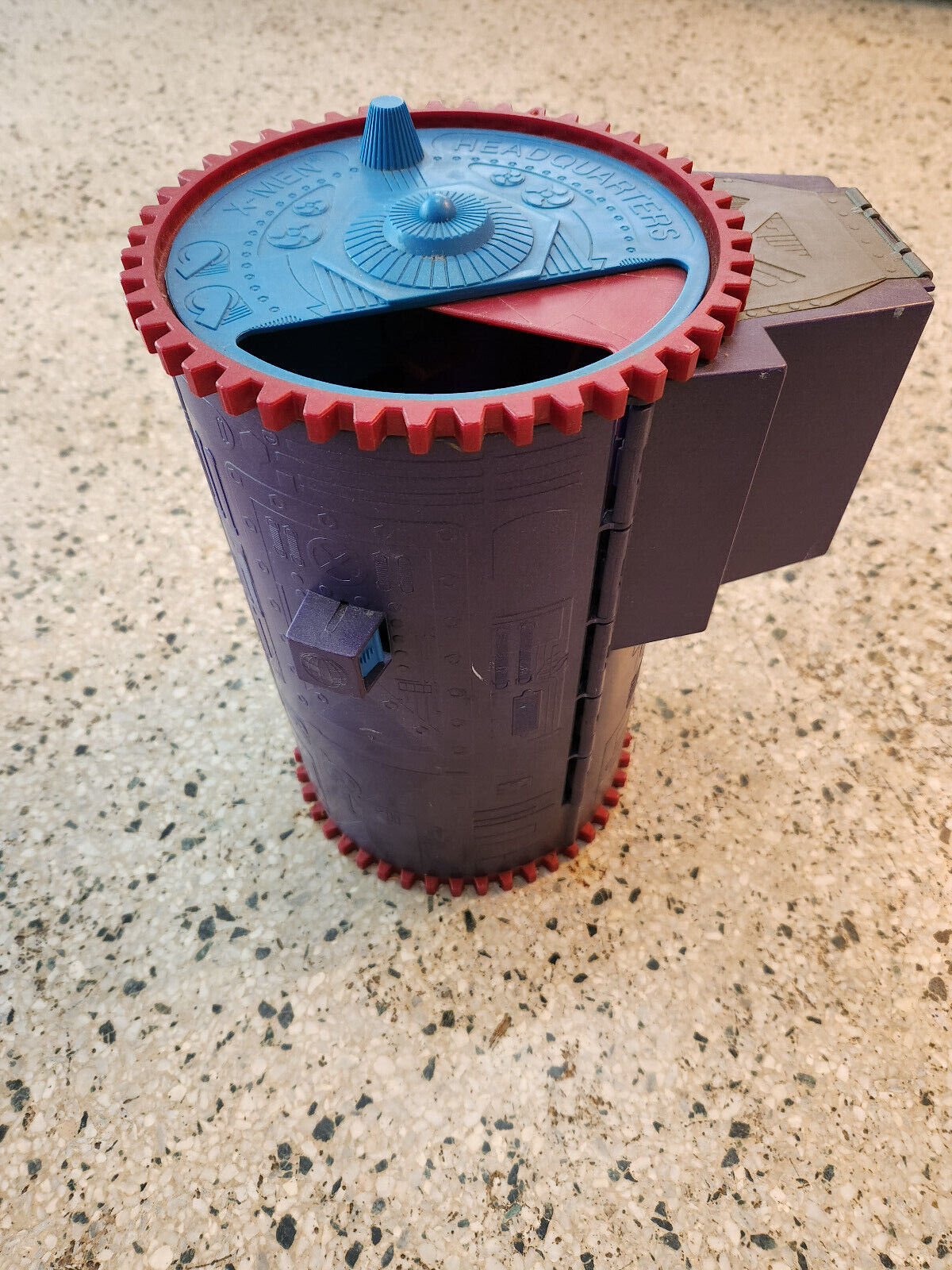

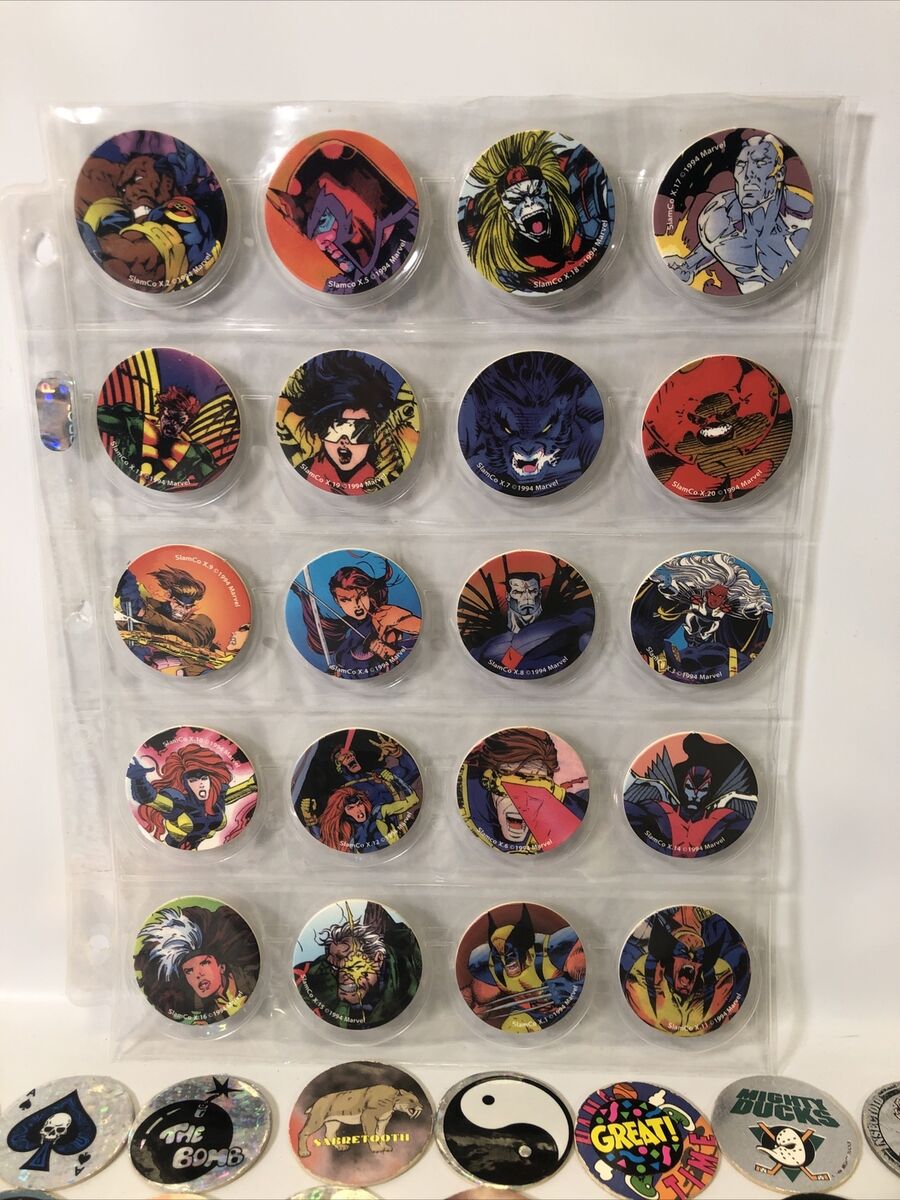
Those products in the plastic sleeve in the last image are not plastic themselves, but rather, strong cardboard circles. These were known as 'pogs', named for a beverage of Passionfruit-Orange-Guava (POG) juice in Hawaii that originated these cardboard circles as part of their bottle top. Divorced from their original juice bottle, the pogs became a children's game and collectible item that swept the nation and world for a few years before becoming another expired trend.
THE GHOSTBUSTERS
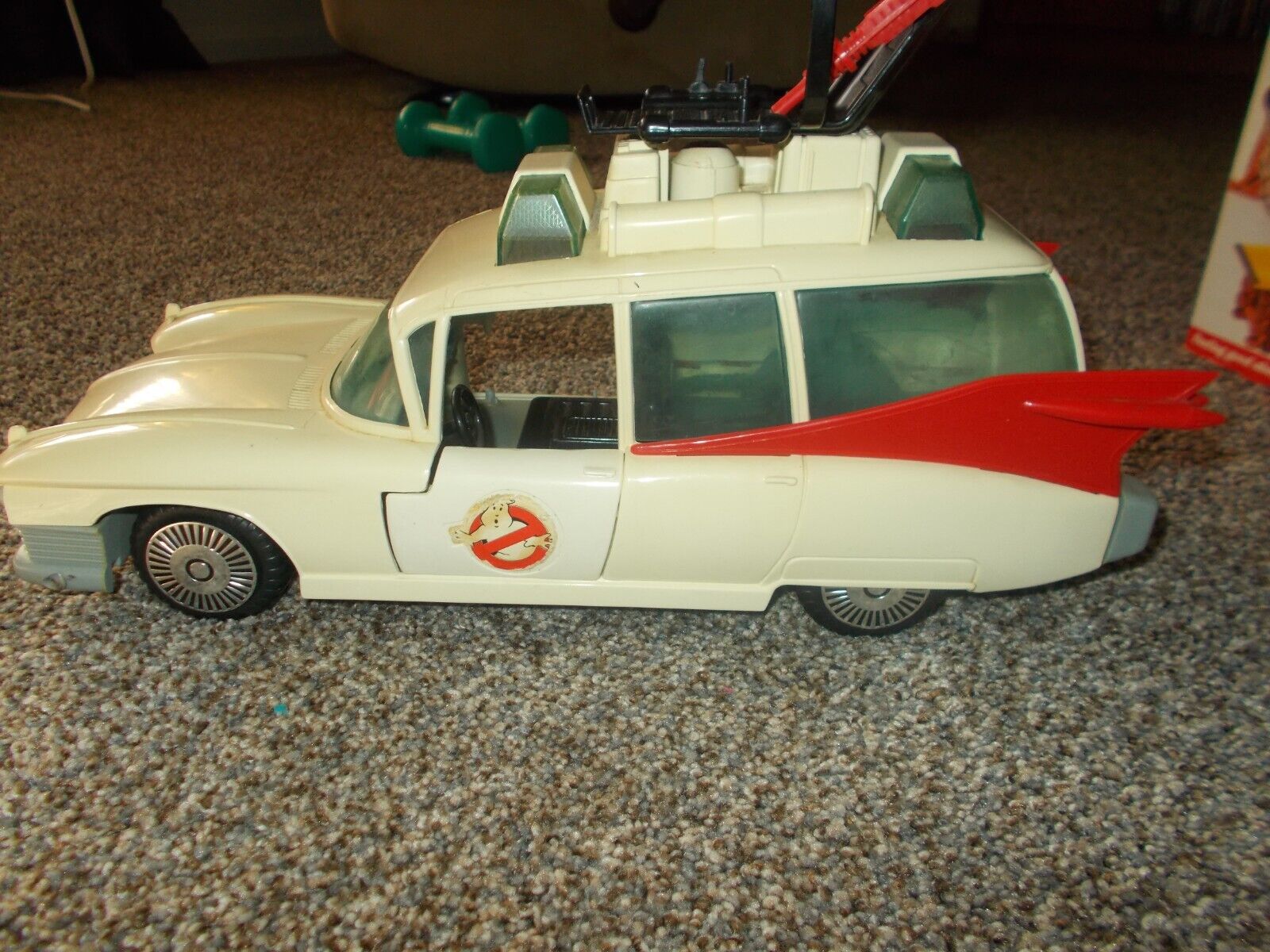
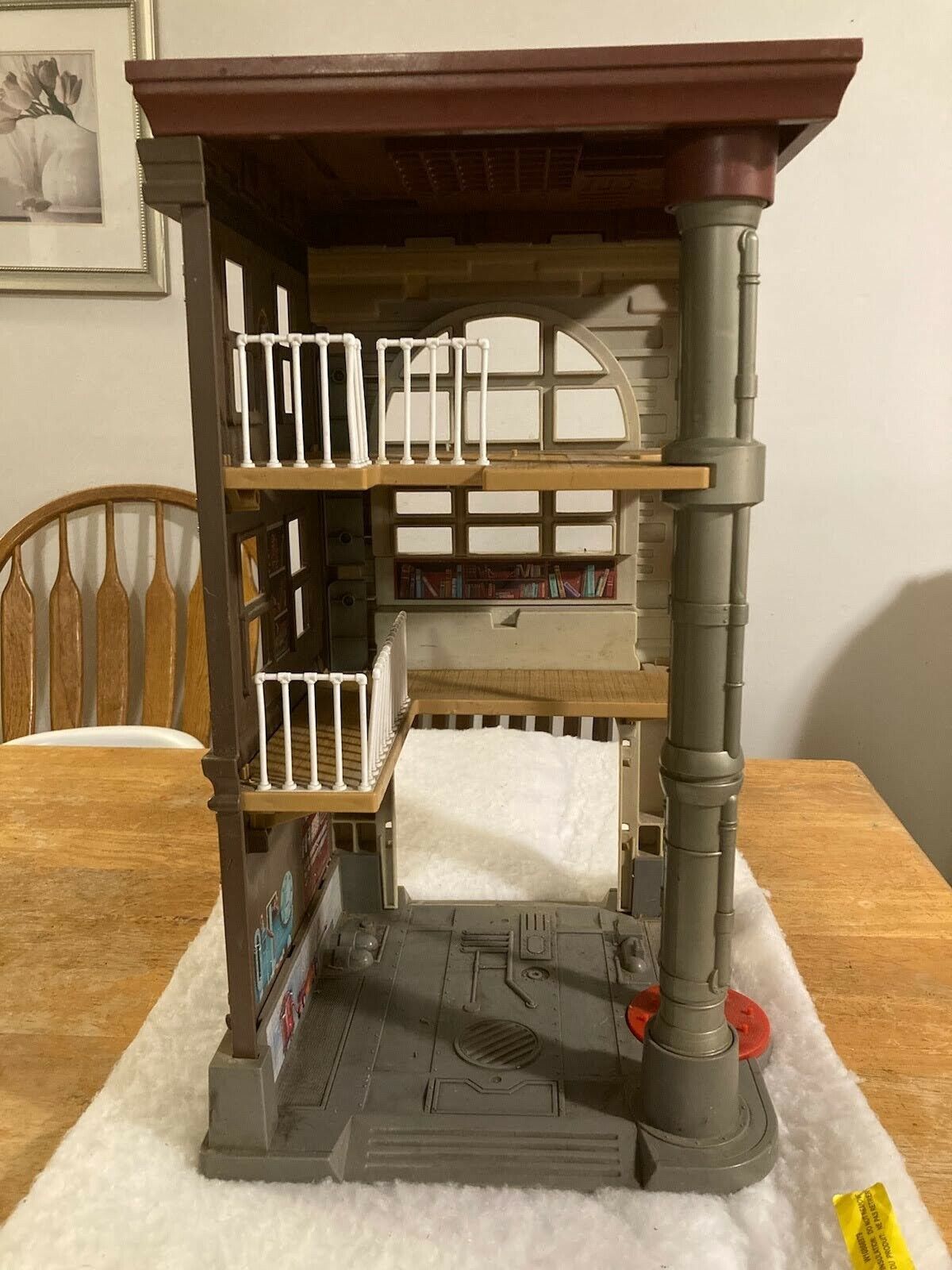
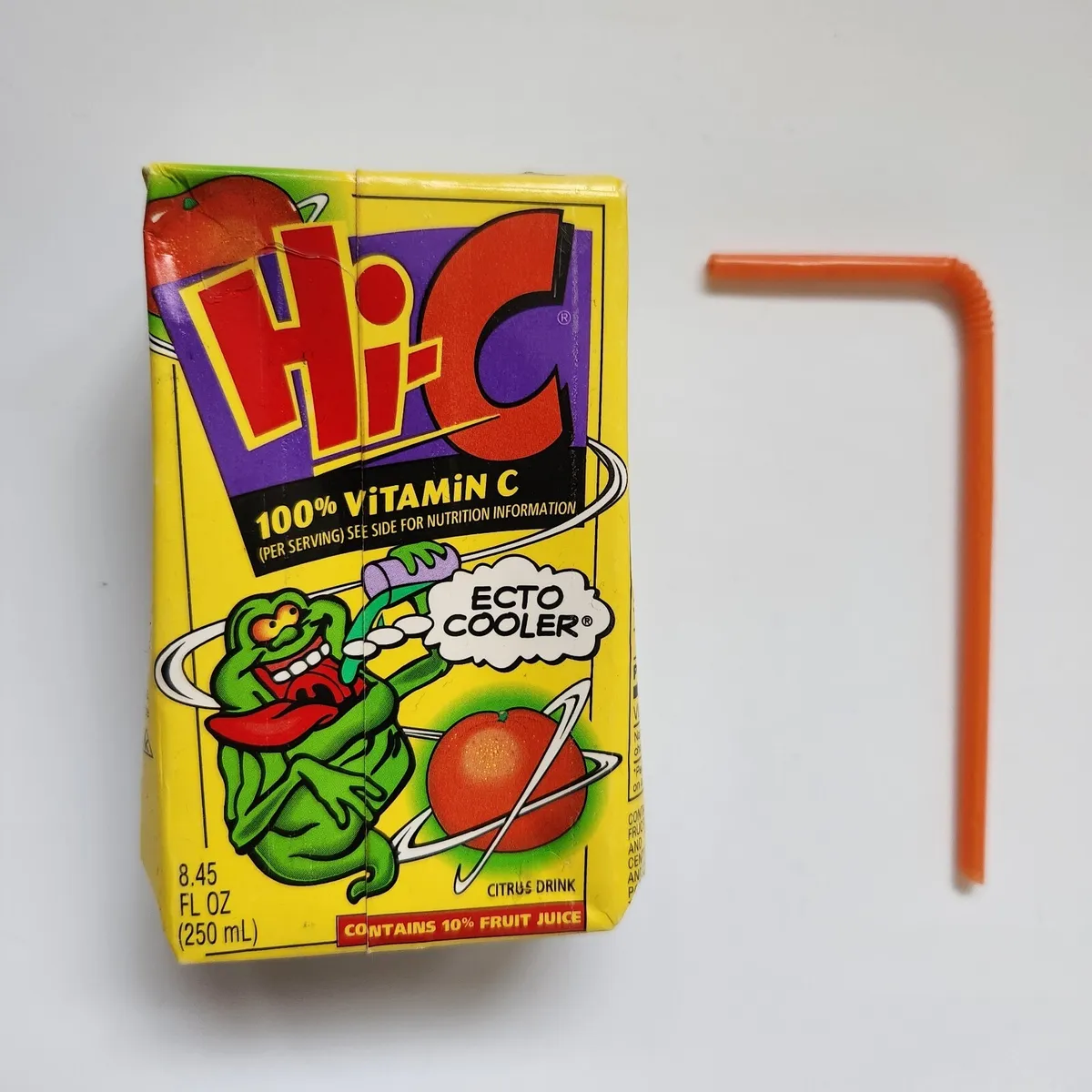
This last image depicts Ecto-Cooler, an orange drink inspired by the green ghost Slimer in The Ghostbusters franchise. It was okay.
STAR WARS


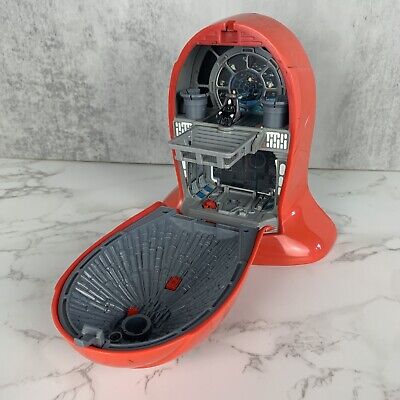
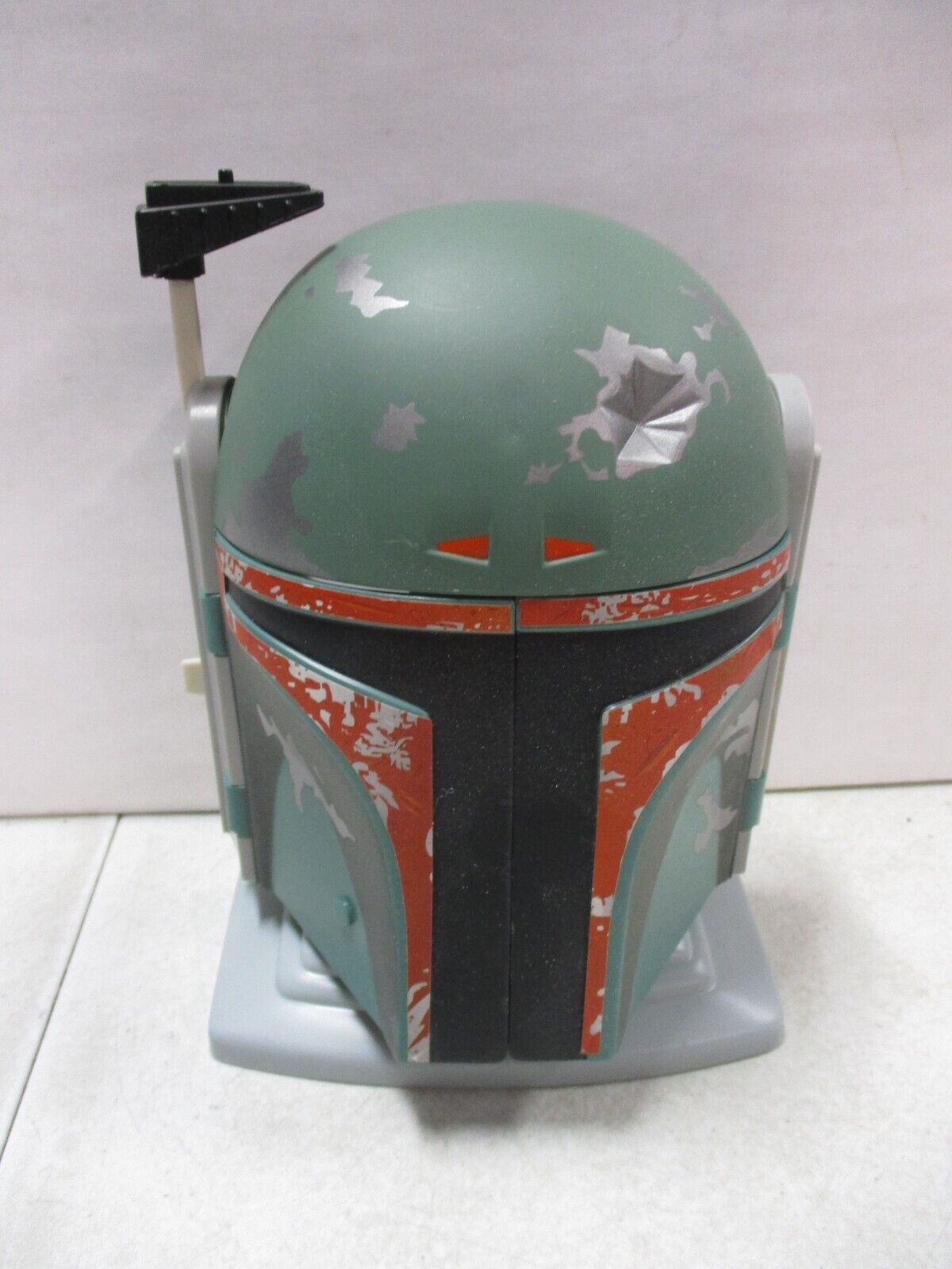
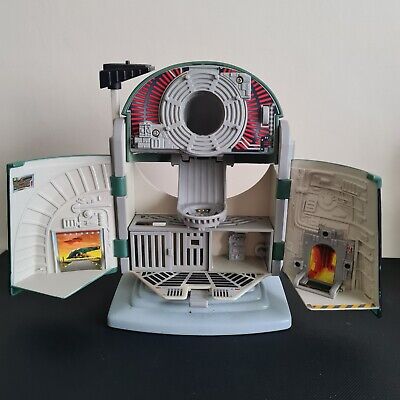


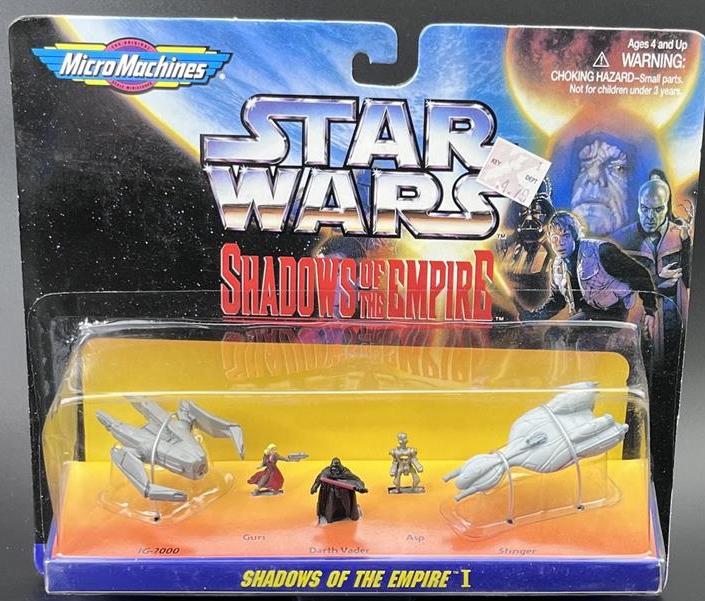
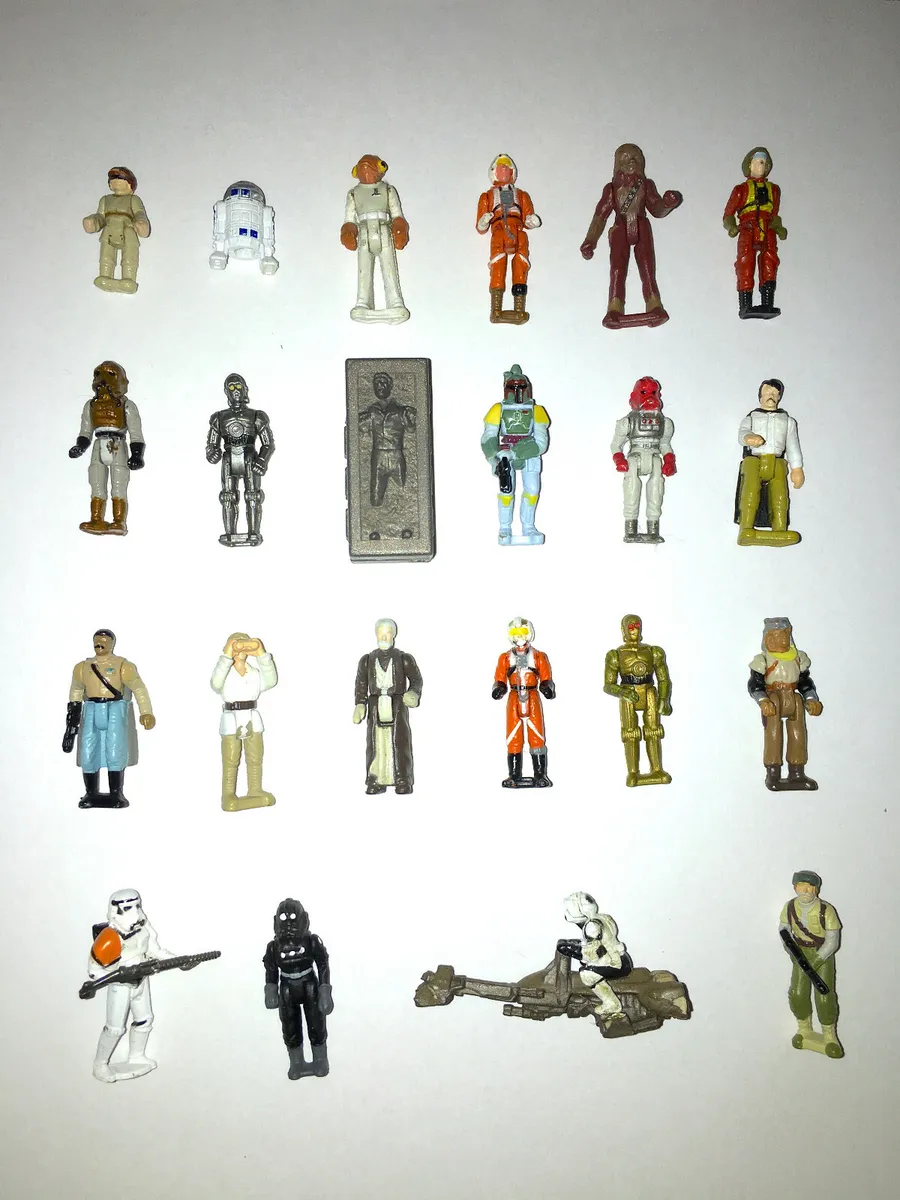
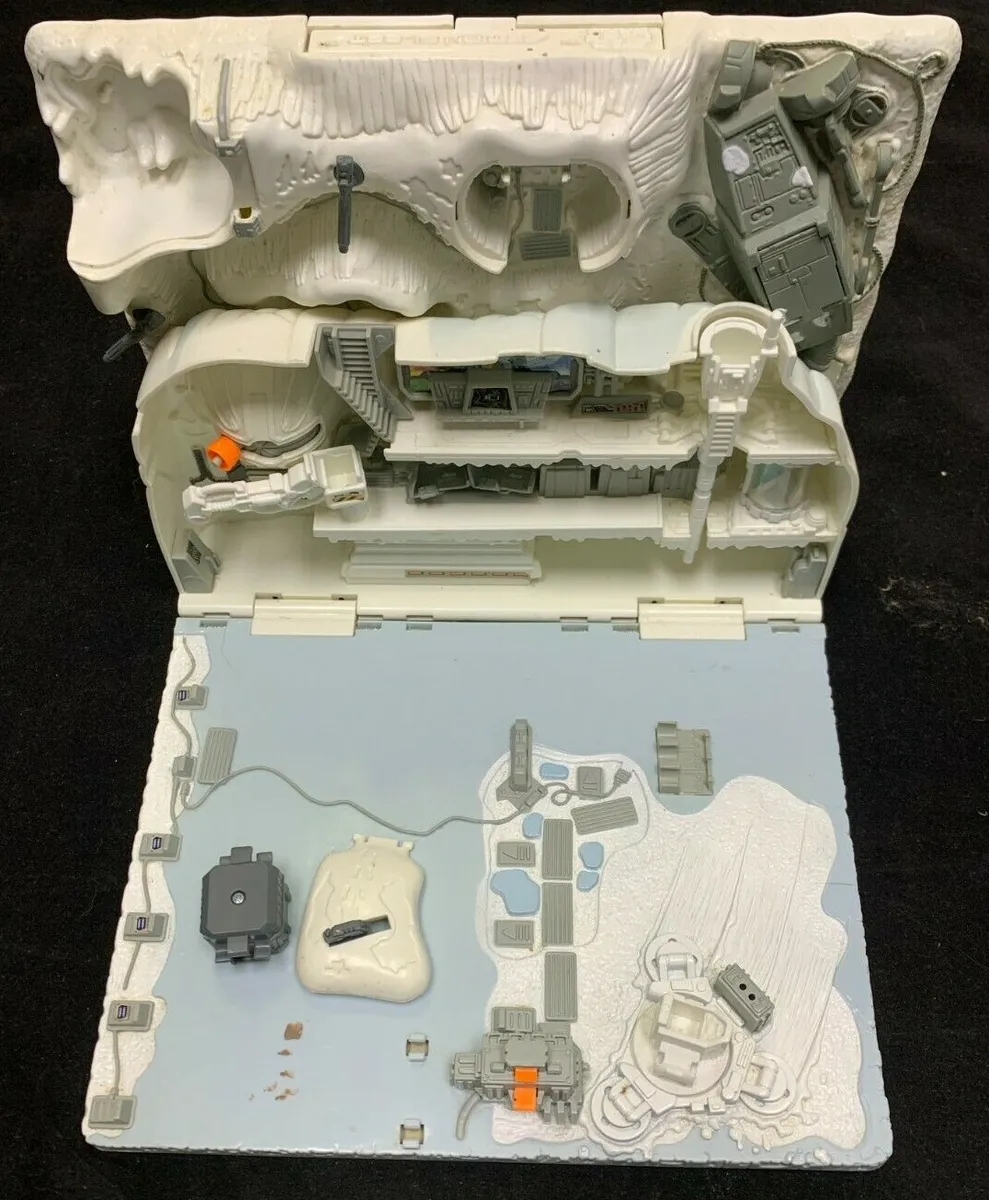
JURASSIC PARK




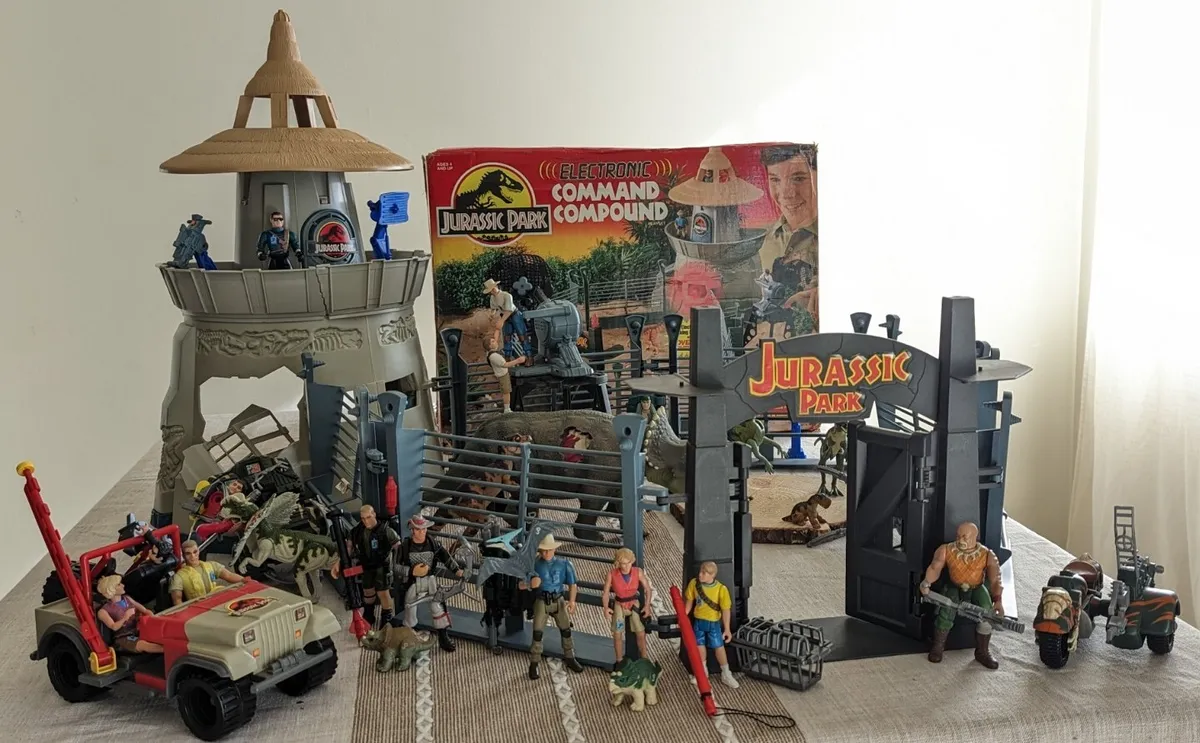
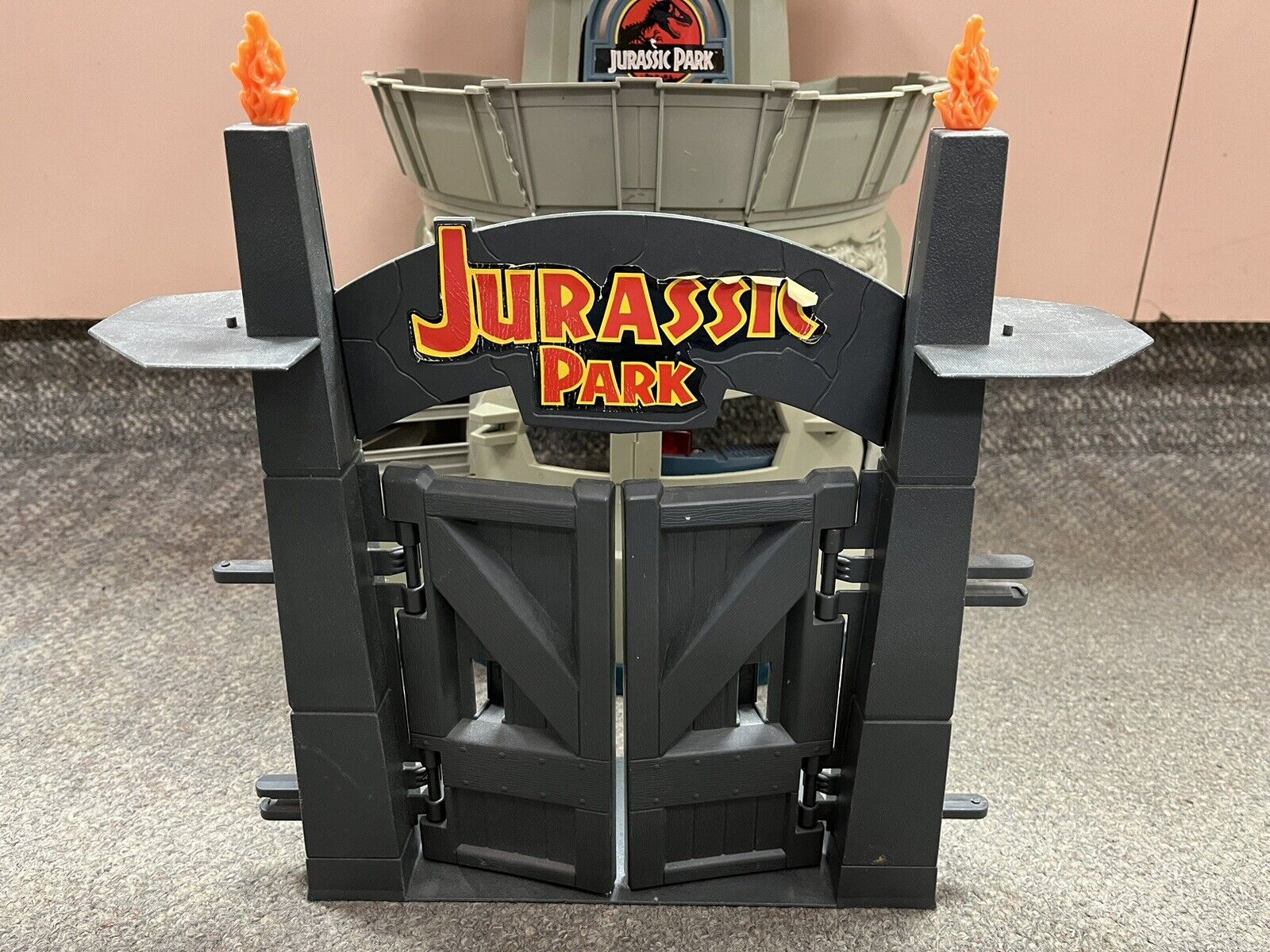
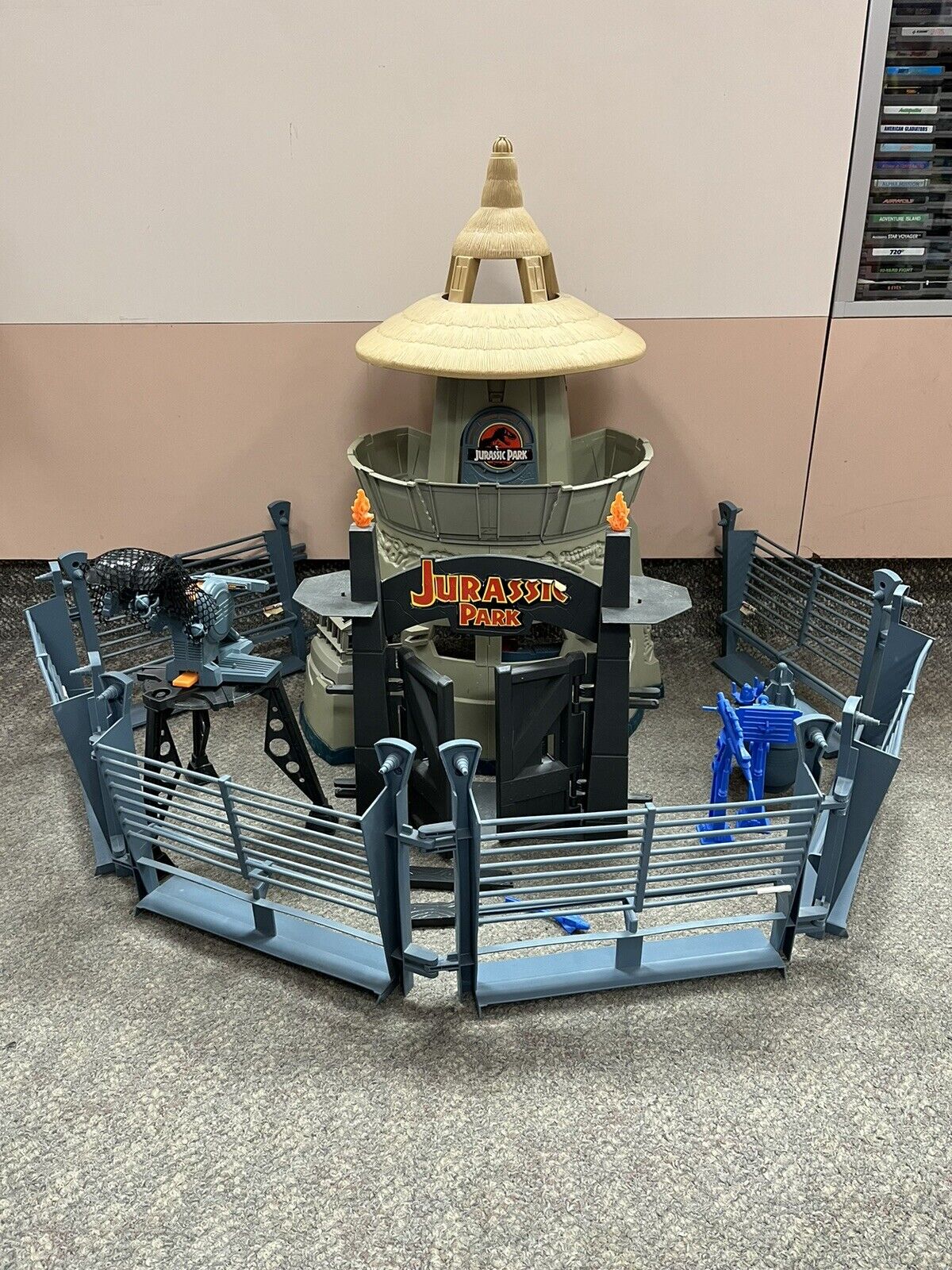


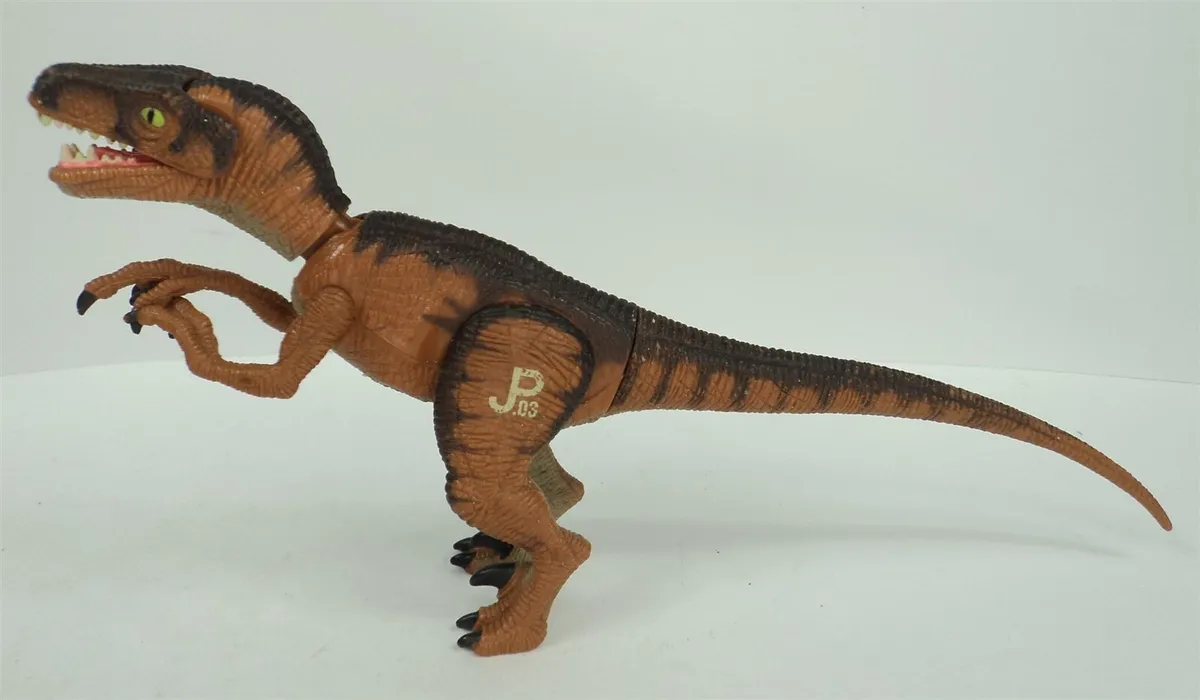
SONIC THE HEDGEHOG
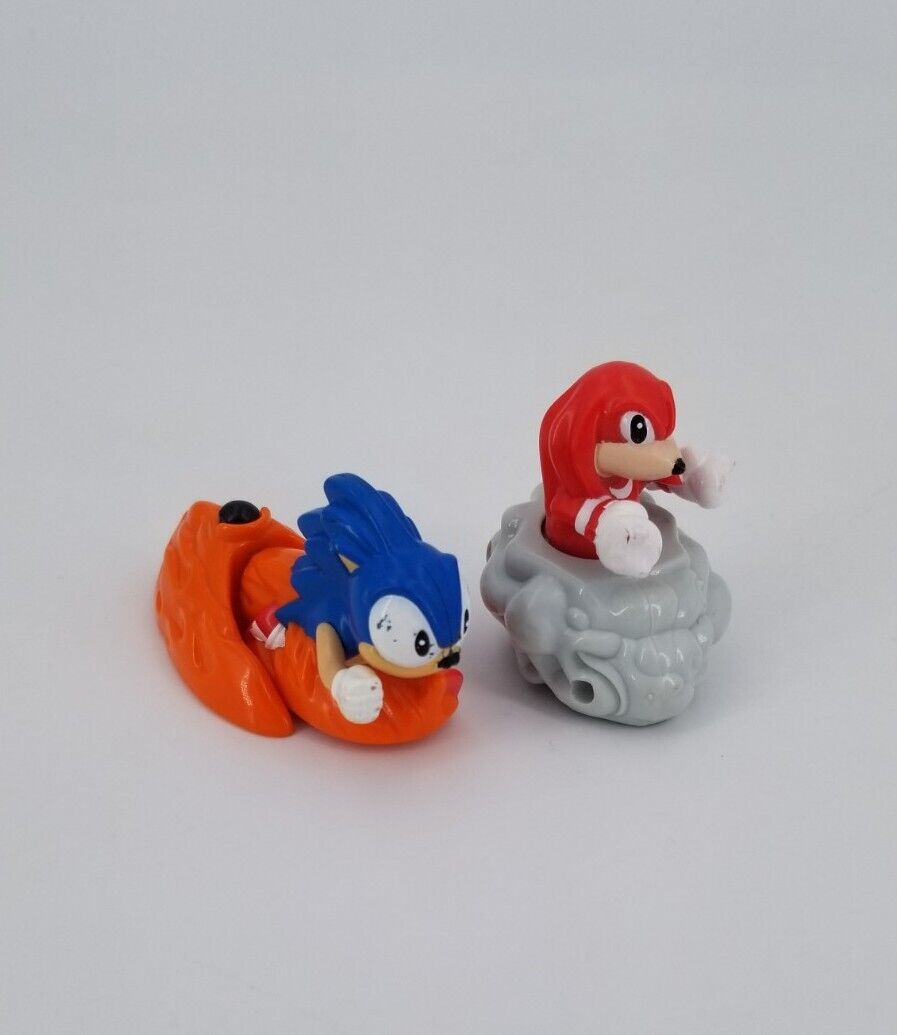

SNOOPY Snow-Cone Maker
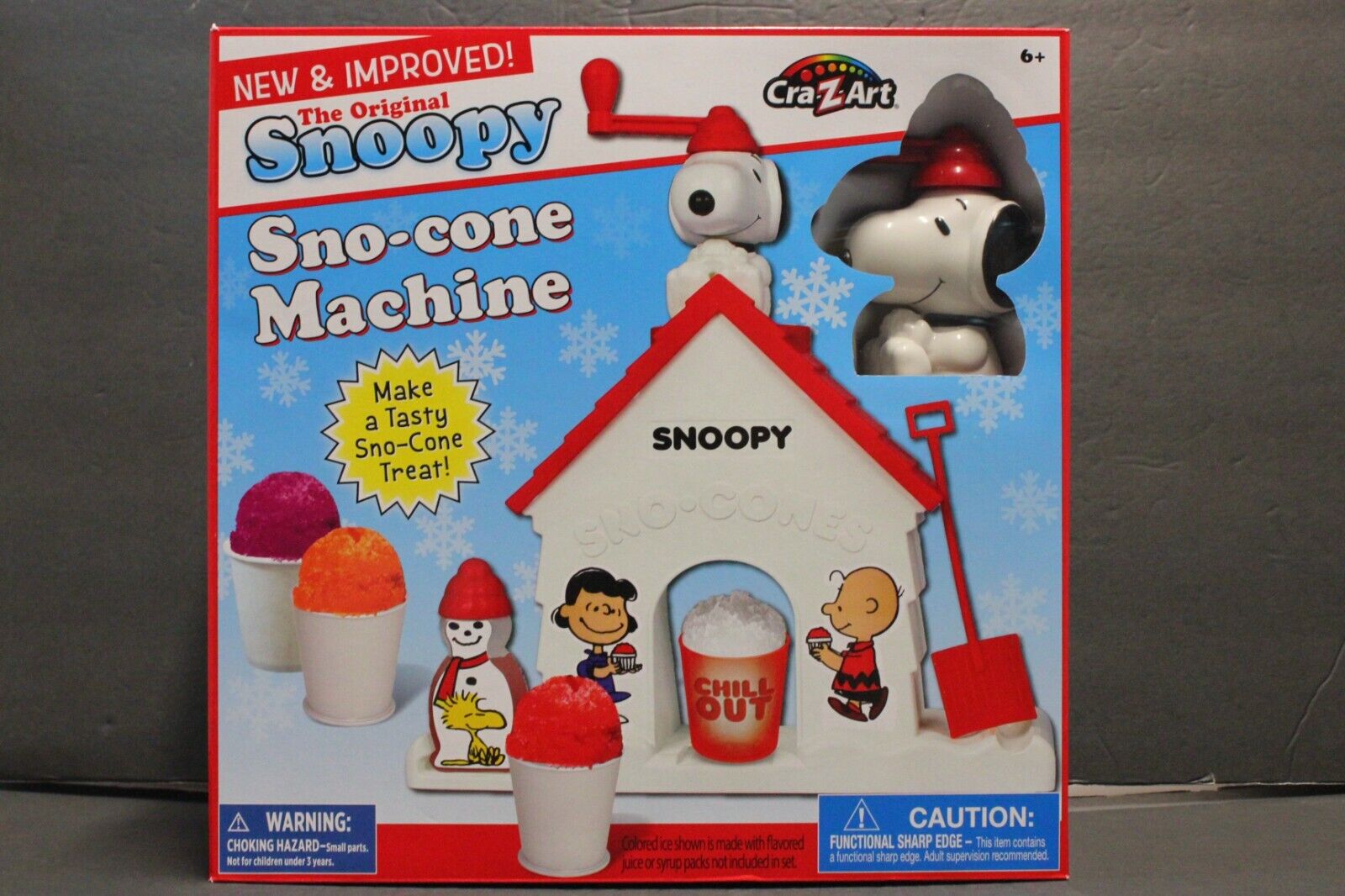
Alvin and the Chipmunks Stage, including trap door
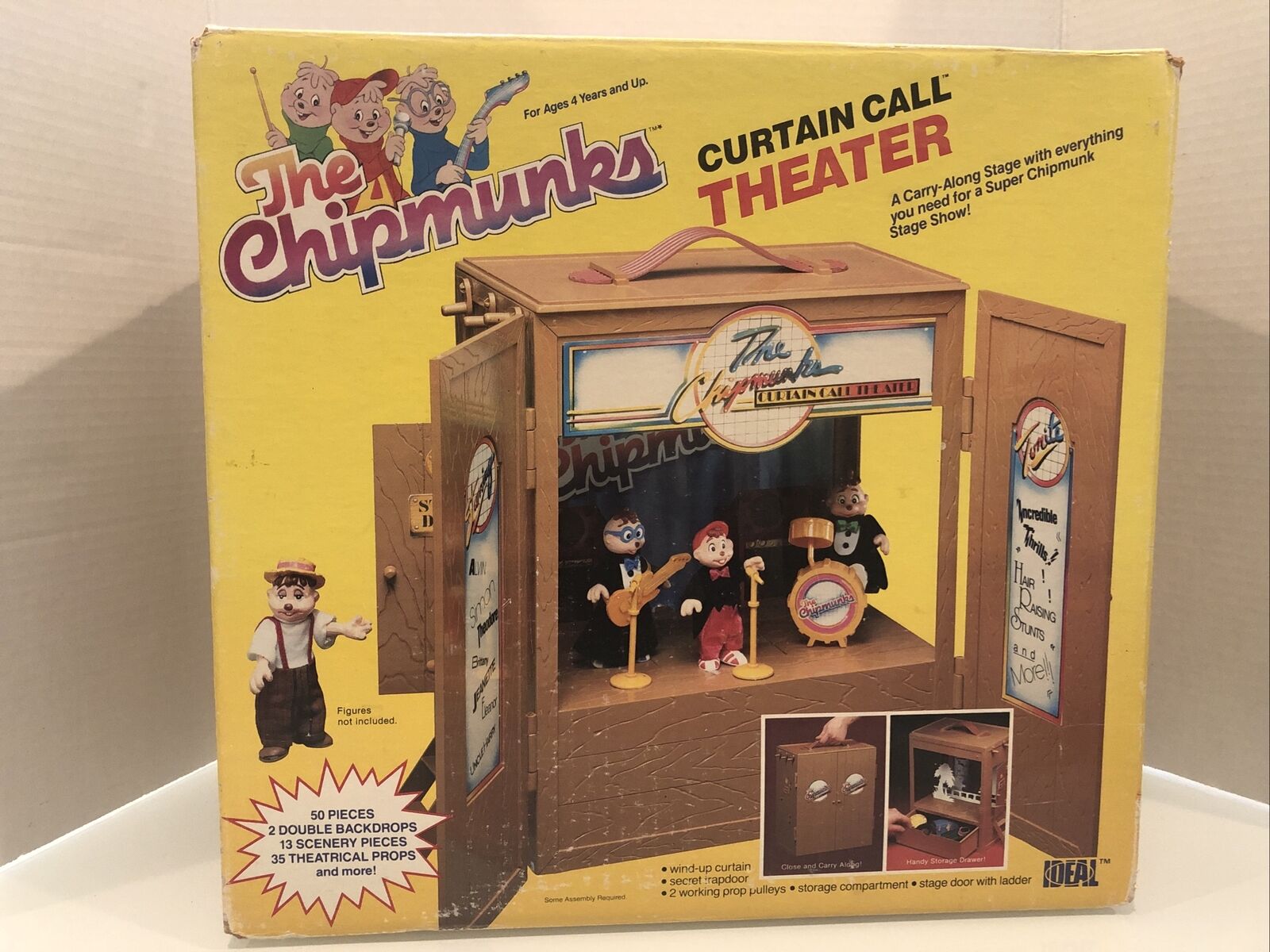
SMURFS were popular.. for some reason.


MICRO-MACHINES
These were machines, that were micro. They're just tiny cars and other vehicles of land, sea and air, but actually it included tiny buildings and carriers for them as well. Even the Star Wars vehicles and playsets seen above were Micro-Machines. Often the playsets themselves *were* the carriers for the toys, making them also easy to organize. They appealed to collectors, toy car enthusiasts, Star Wars fans, and anyone who finds tiny versions of things to be cute. Their pitch-man was a fast-talking salesman, which normally should be a red flag, and has nothing to do with them being miniaturized or 'micro', but was still rather memorable and entertaining.
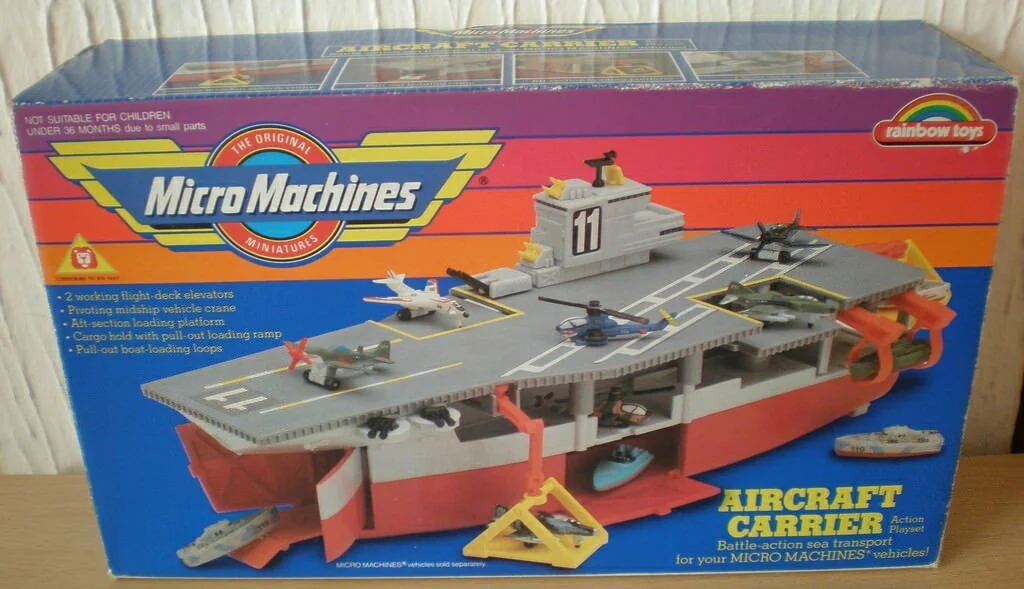
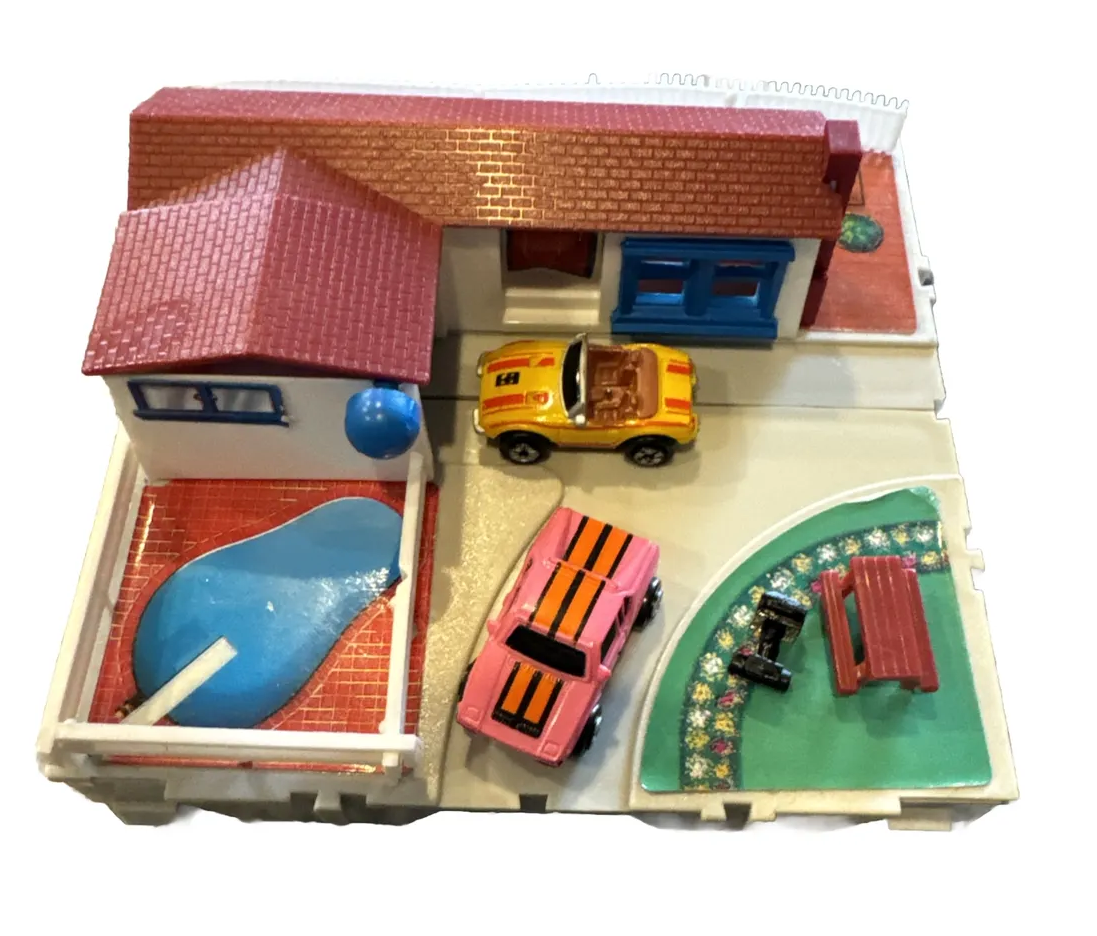
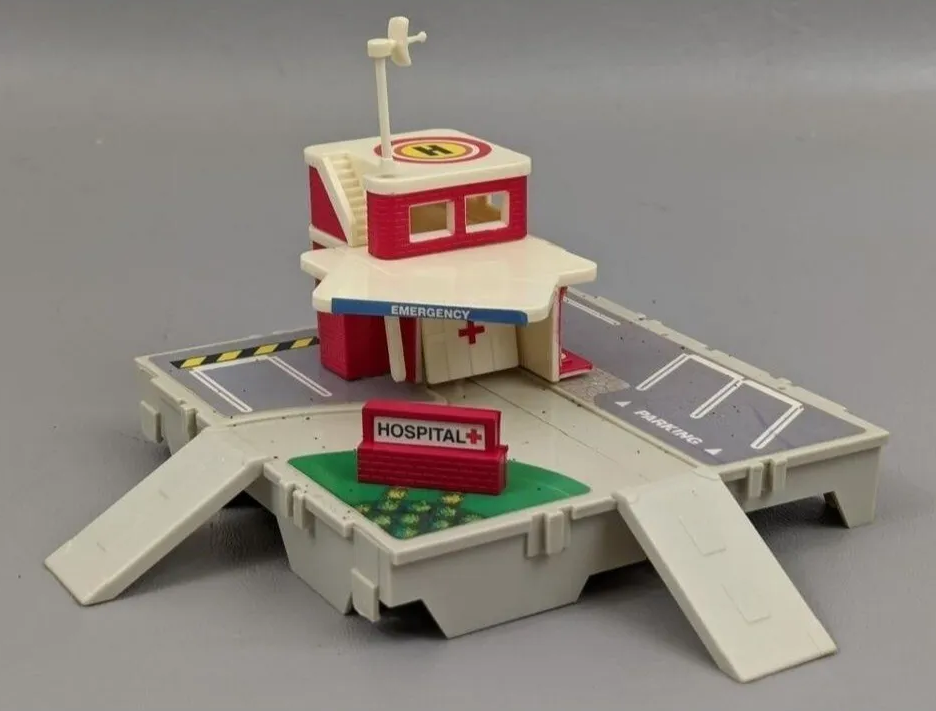
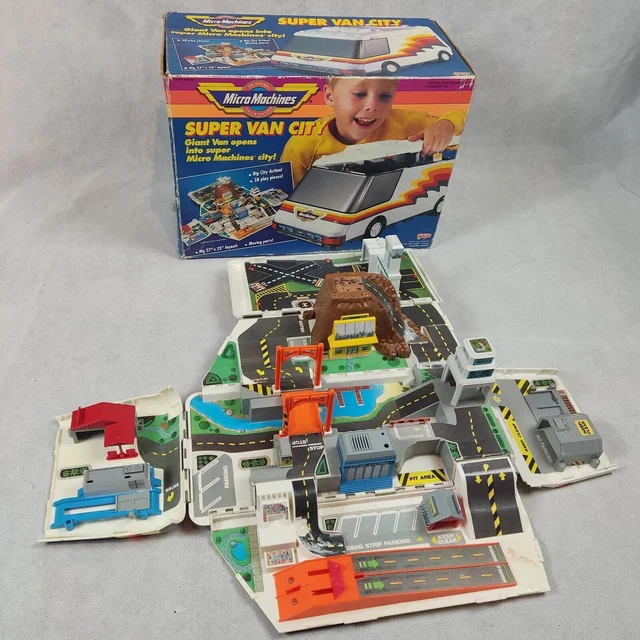
NICK, or Nickelodeon, was a fairly new cable channel at this time catering to children's programs with classic animation, their own original produced animation, game shows, quiz shows, and even preteen dramas, sitcoms and sketch comedy. They released a series of toys that were essentially plastics with various functions; slimes and goos, doodling devices, microphone, or flash screen for temporarily recording shadowed silhouettes.
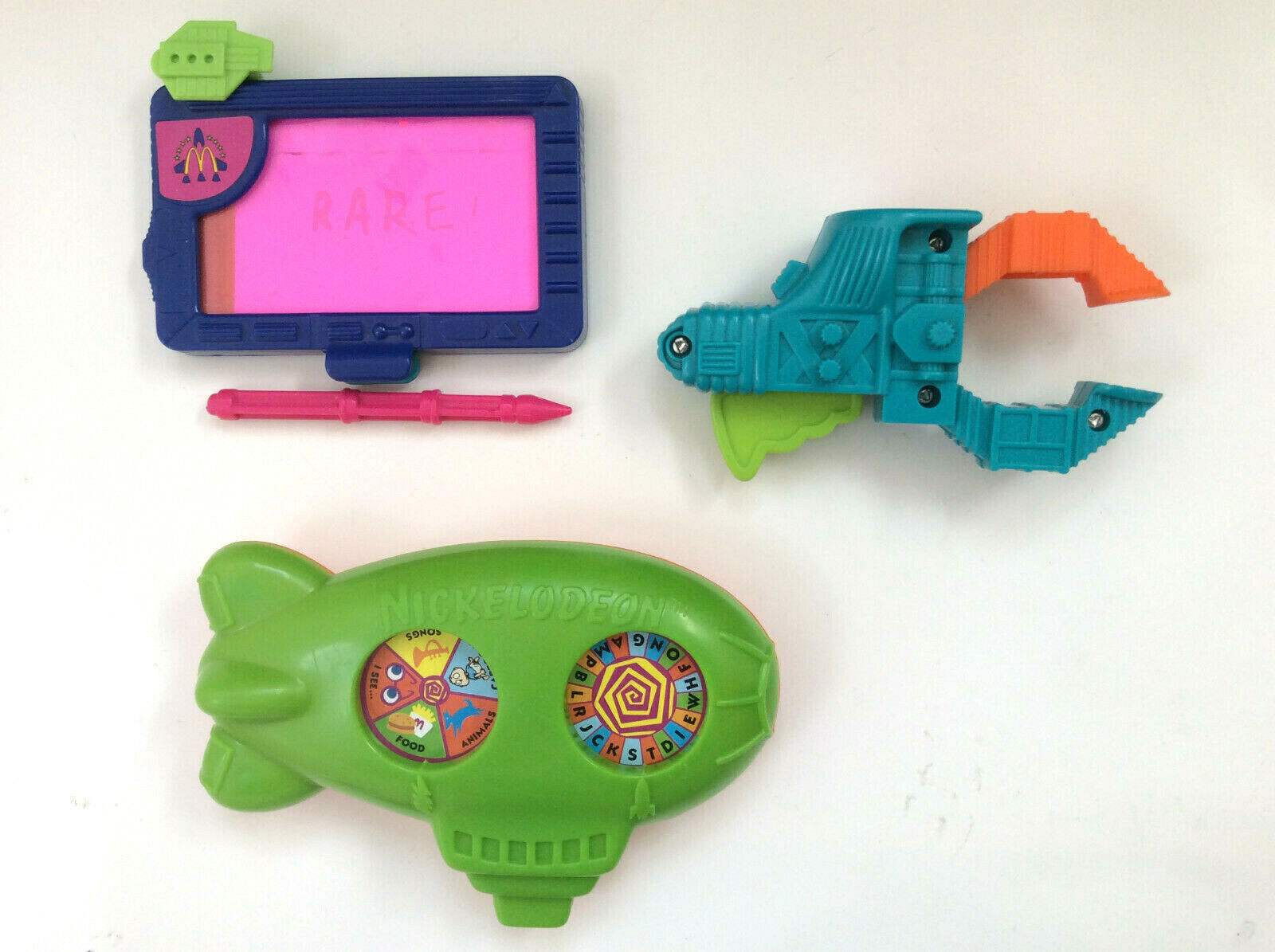
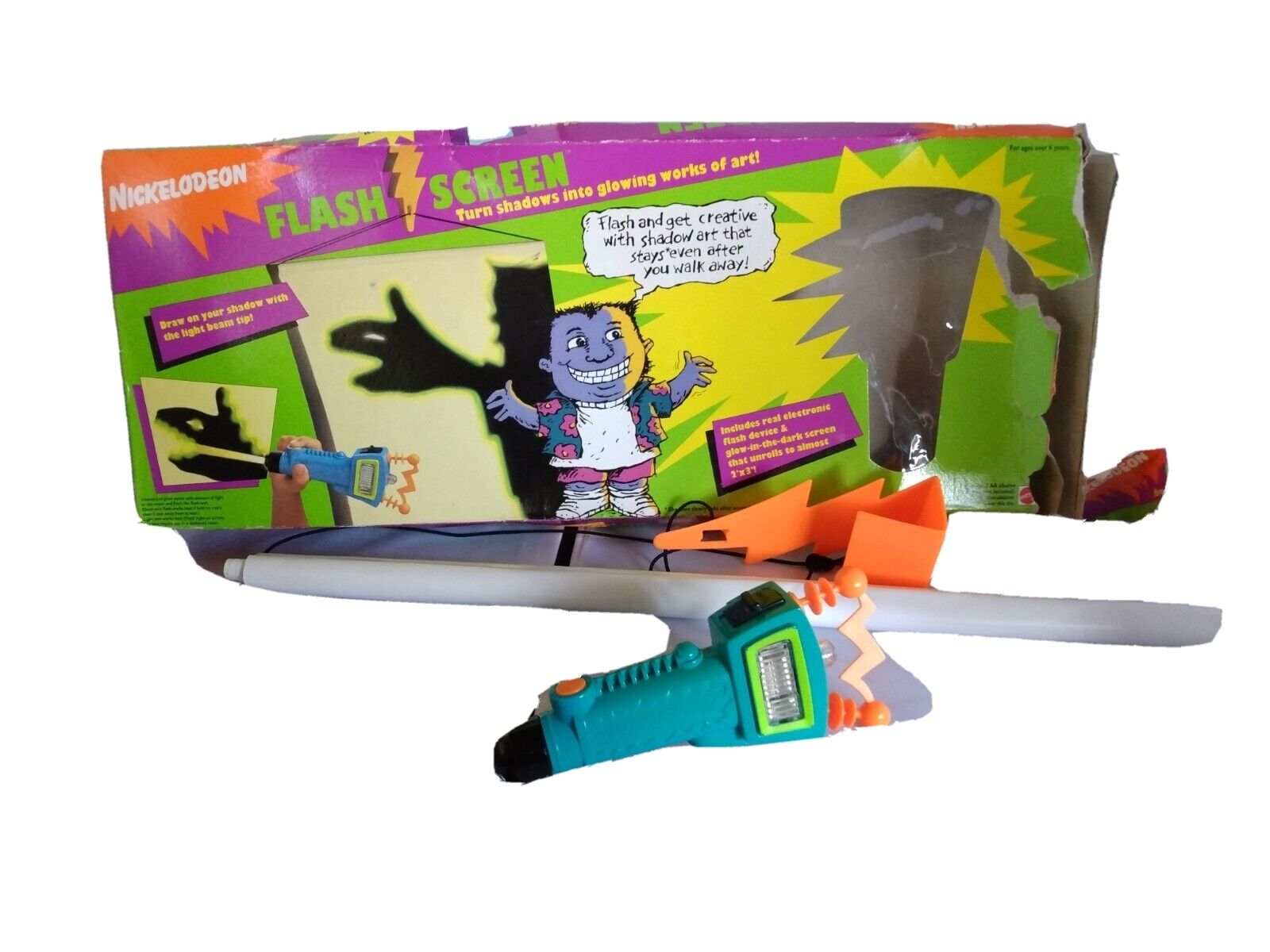
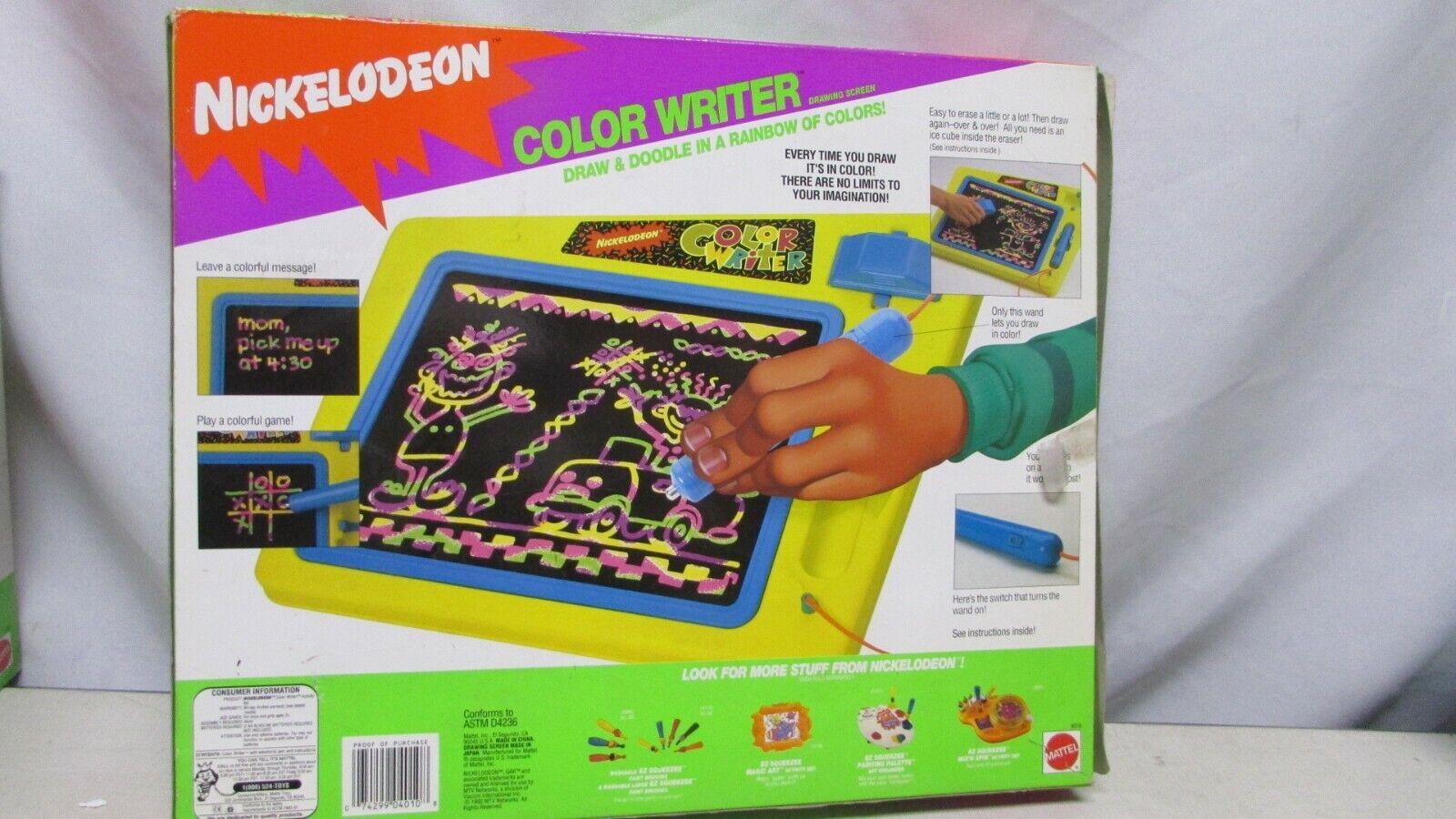

BOARD GAMES
These are ancient gaming traditions for when physical activity is impossible due to inclement weather conditions, and/or when other gaming or play options were unavailable. Sometimes a group or family activity was required or mandated. Not all board games were equal, with some being much more fun and others more boring than average, often indicated by the quality of their television commercial musical jingle.


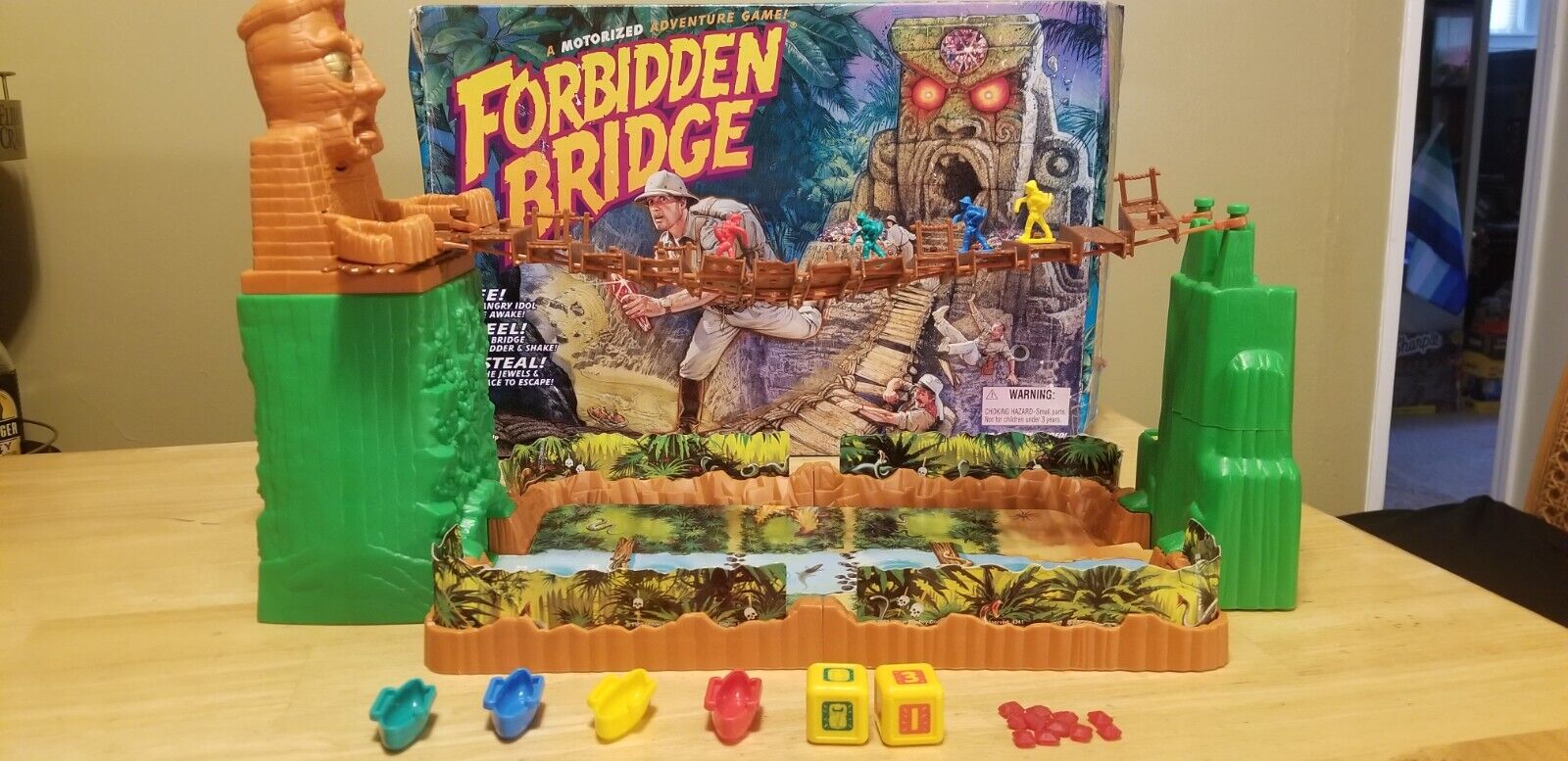
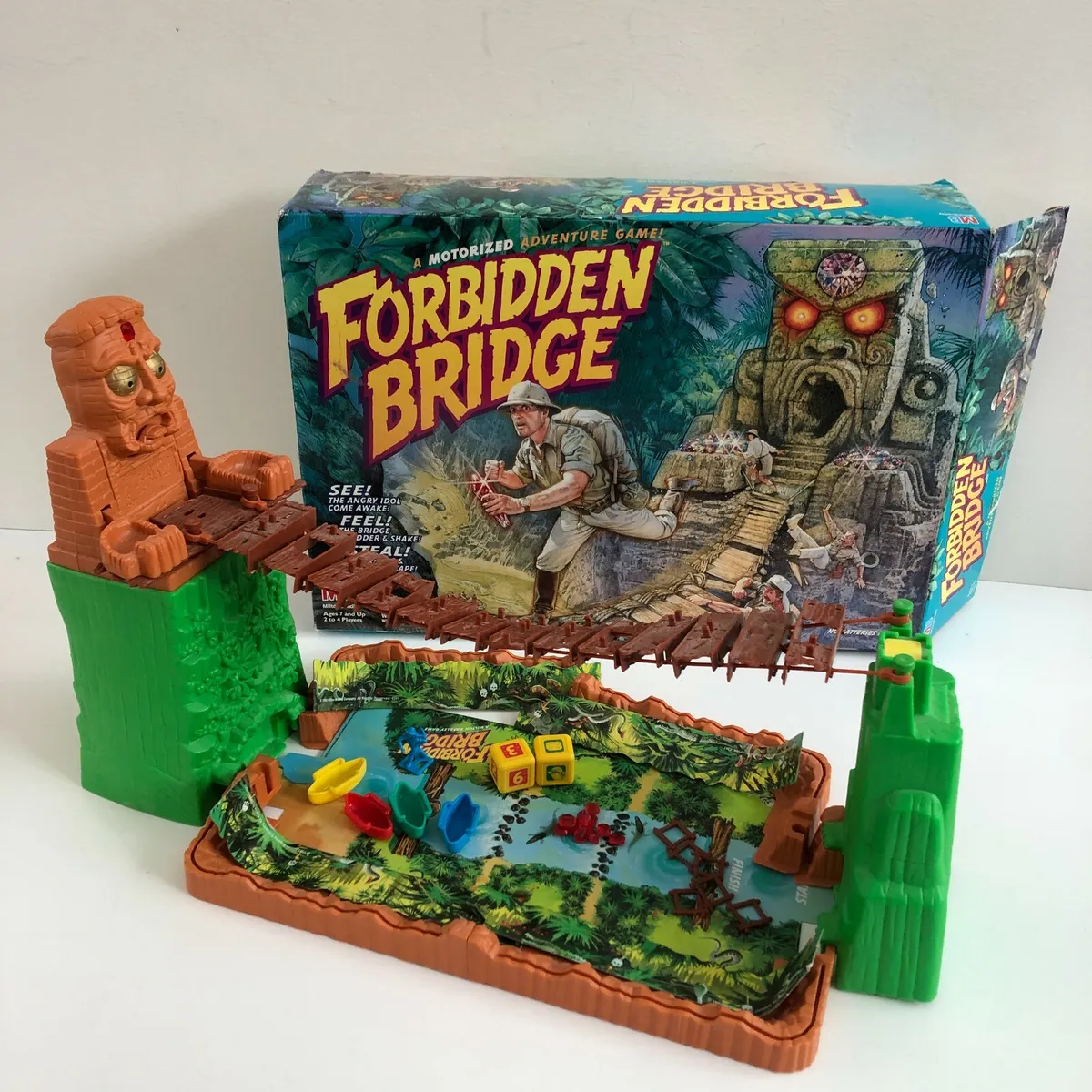
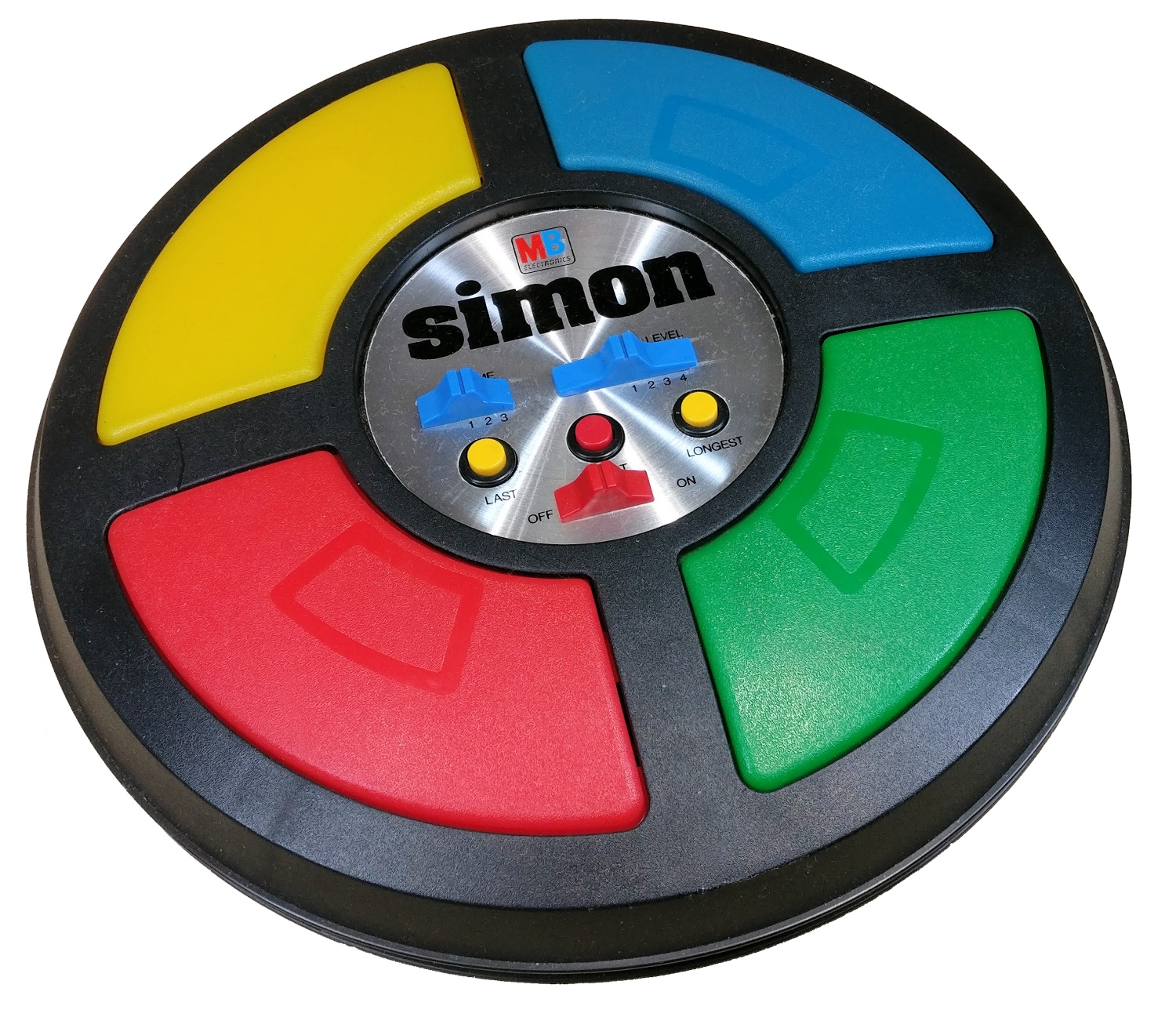 Simon is a memory game that flashes lights for each color in patterns that must be repeated by the player, since each colored light is also a pressable plastic button.
Simon is a memory game that flashes lights for each color in patterns that must be repeated by the player, since each colored light is also a pressable plastic button.
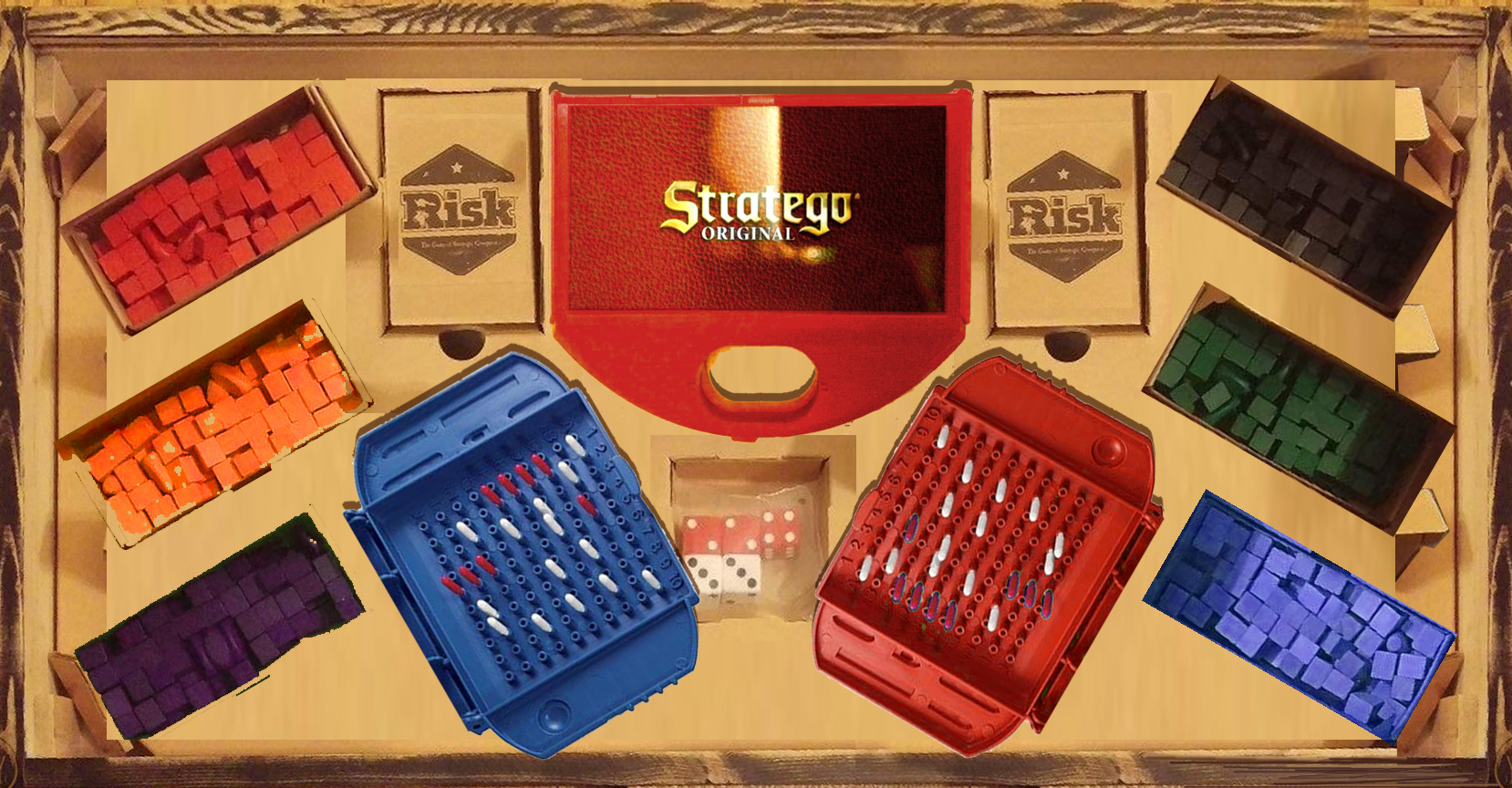 This last image of a board game was a complilation or composite game created by my cousins and myself to be played indoors during long periods of rain or snow. We named it 'Ultimate RISK', as it largely followed the rules and aims of the game RISK. However, instead of rolling the traditional die to determine the outcome of any battle, each of those individual battles required the playing of an entire game of Battleship for sea borders, and Stratego for land battles. Risk, already renowned for its lengthy duration of multiplayer sessions, was thus extended into many days. Additional house rules included systems of treaties and temporary armistices, alliances, or ceasefires. It is unknown how a game of Ultimate Risk is completed, sadly, as all known games ended in physical combat between the real-life participant gamers.
This last image of a board game was a complilation or composite game created by my cousins and myself to be played indoors during long periods of rain or snow. We named it 'Ultimate RISK', as it largely followed the rules and aims of the game RISK. However, instead of rolling the traditional die to determine the outcome of any battle, each of those individual battles required the playing of an entire game of Battleship for sea borders, and Stratego for land battles. Risk, already renowned for its lengthy duration of multiplayer sessions, was thus extended into many days. Additional house rules included systems of treaties and temporary armistices, alliances, or ceasefires. It is unknown how a game of Ultimate Risk is completed, sadly, as all known games ended in physical combat between the real-life participant gamers.
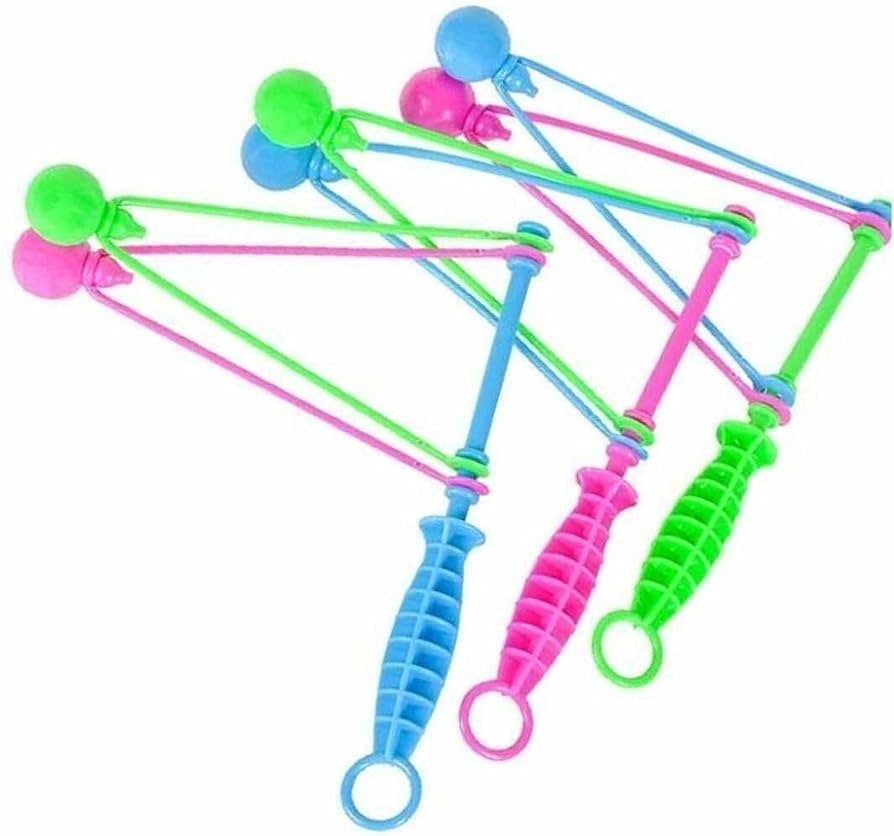 These are plastic balls that, when spun correctly, would clack together back and forth rhythmically. They were inexpensive plastics that served no real purpose.
These are plastic balls that, when spun correctly, would clack together back and forth rhythmically. They were inexpensive plastics that served no real purpose.
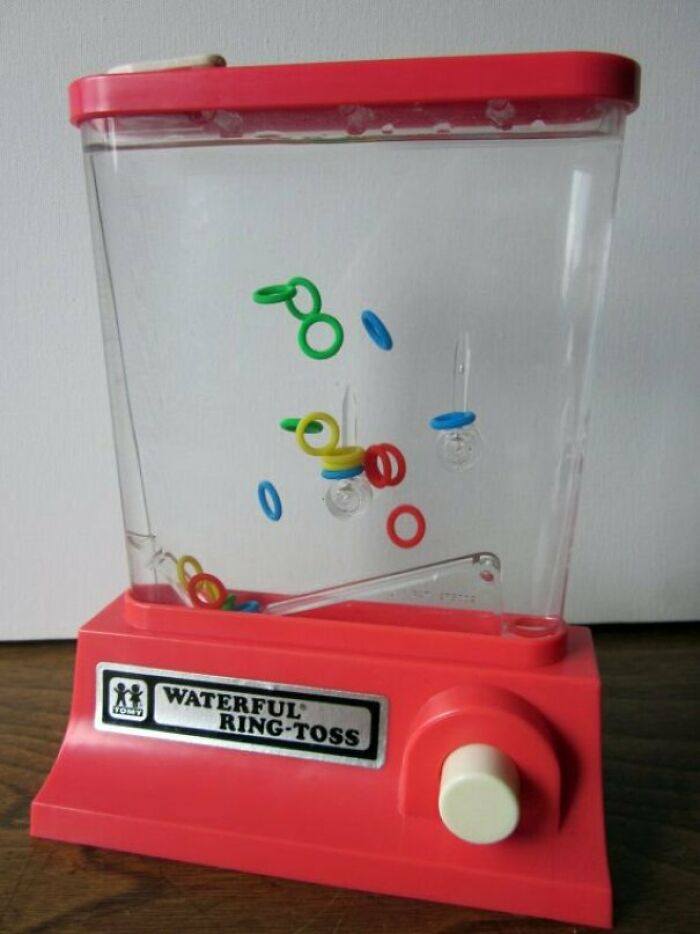 These plastic rings existed in a liquid substrate inside a larger plastic tank that, when manipulated, did something. The bubbles were meant to orient the rings onto their 'correct' pegs. Everyone living at this time saw one of these, but rarely was it ever enjoyed, and the liquid had an odd smell.
These plastic rings existed in a liquid substrate inside a larger plastic tank that, when manipulated, did something. The bubbles were meant to orient the rings onto their 'correct' pegs. Everyone living at this time saw one of these, but rarely was it ever enjoyed, and the liquid had an odd smell.
 This magnificent plastic device is an Etch-a-Sketch, capable of producing an unbroken line when the two dials were turned for vertical and horizontal movement. Incredible temporary art could be methodically created, only to be lost with a shake of the device.
This magnificent plastic device is an Etch-a-Sketch, capable of producing an unbroken line when the two dials were turned for vertical and horizontal movement. Incredible temporary art could be methodically created, only to be lost with a shake of the device.
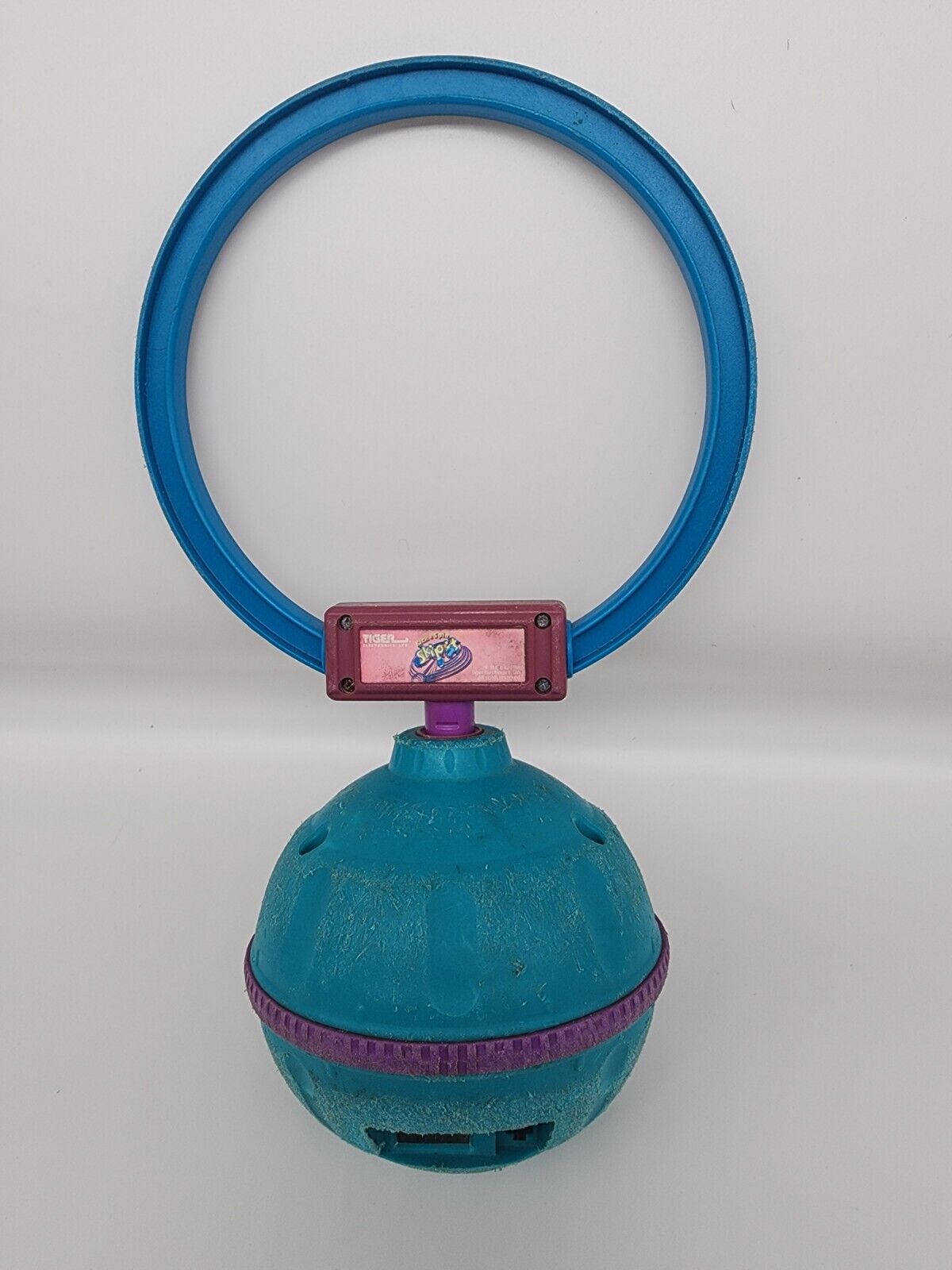
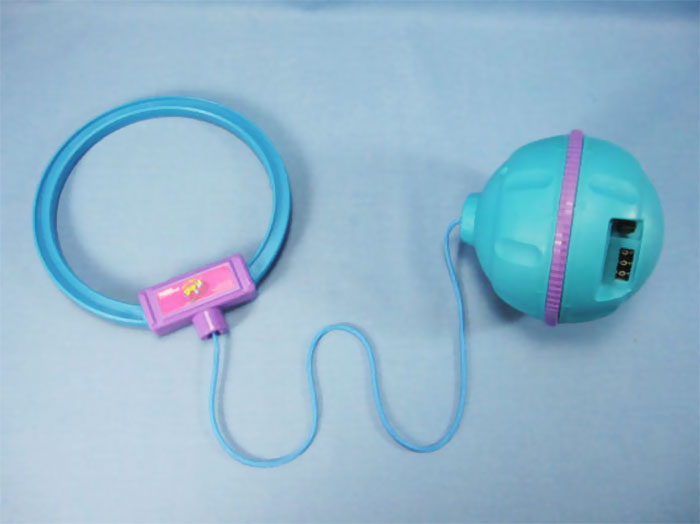 This plastic toy, somewhat reminiscent of a ball-and-chain, was intended as an exercise amusement not too dissimilar in objective a skip-rope, which continued to be popular and dominant on playgrounds. The Skip-It, however, consisted of a plastic ball that extended out, and while one ring remained affixed to the user's ankle, could spin the ball with continuous motion to allow the other foot to skip over it each time.
This plastic toy, somewhat reminiscent of a ball-and-chain, was intended as an exercise amusement not too dissimilar in objective a skip-rope, which continued to be popular and dominant on playgrounds. The Skip-It, however, consisted of a plastic ball that extended out, and while one ring remained affixed to the user's ankle, could spin the ball with continuous motion to allow the other foot to skip over it each time.
 This automated device rotated plastic fish to chomp upward thus allowing for opportunities for a miniaturized fishing pole to capture them. These games were never very popular, but often seen at the entrance of Kay Bee and other toy stores.
This automated device rotated plastic fish to chomp upward thus allowing for opportunities for a miniaturized fishing pole to capture them. These games were never very popular, but often seen at the entrance of Kay Bee and other toy stores.
 The elegant and finely crafted plastic depicted in this image is a Star Stage, which had lights and sound amplification for children with dreams of work in the entertainment industries. Various audio effects completed the experience.
The elegant and finely crafted plastic depicted in this image is a Star Stage, which had lights and sound amplification for children with dreams of work in the entertainment industries. Various audio effects completed the experience.
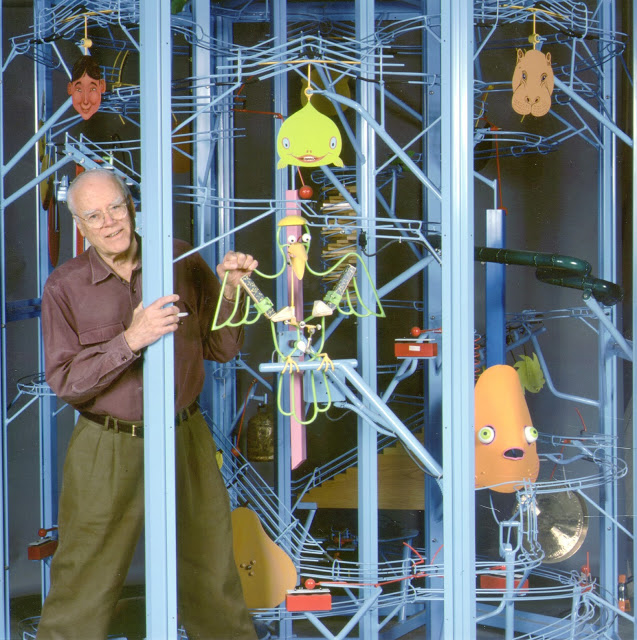 George Rhoads was the designer of many audio-kinetic sculptures with constant movement. These were seen in malls around the country.
George Rhoads was the designer of many audio-kinetic sculptures with constant movement. These were seen in malls around the country.
 Bruce Blitz would teach you to draw cartoons. It's no Bob Ross, but it was pretty fun.
Bruce Blitz would teach you to draw cartoons. It's no Bob Ross, but it was pretty fun.
 This image depicts a Lite Brite, which is simply two misspelled words for bright light pegs that could be pushed through expendable paper. These would often be found at the homes of the grandparents you didn't like very much, who didn't have many, or any, good toys or games to play with.
This image depicts a Lite Brite, which is simply two misspelled words for bright light pegs that could be pushed through expendable paper. These would often be found at the homes of the grandparents you didn't like very much, who didn't have many, or any, good toys or games to play with.
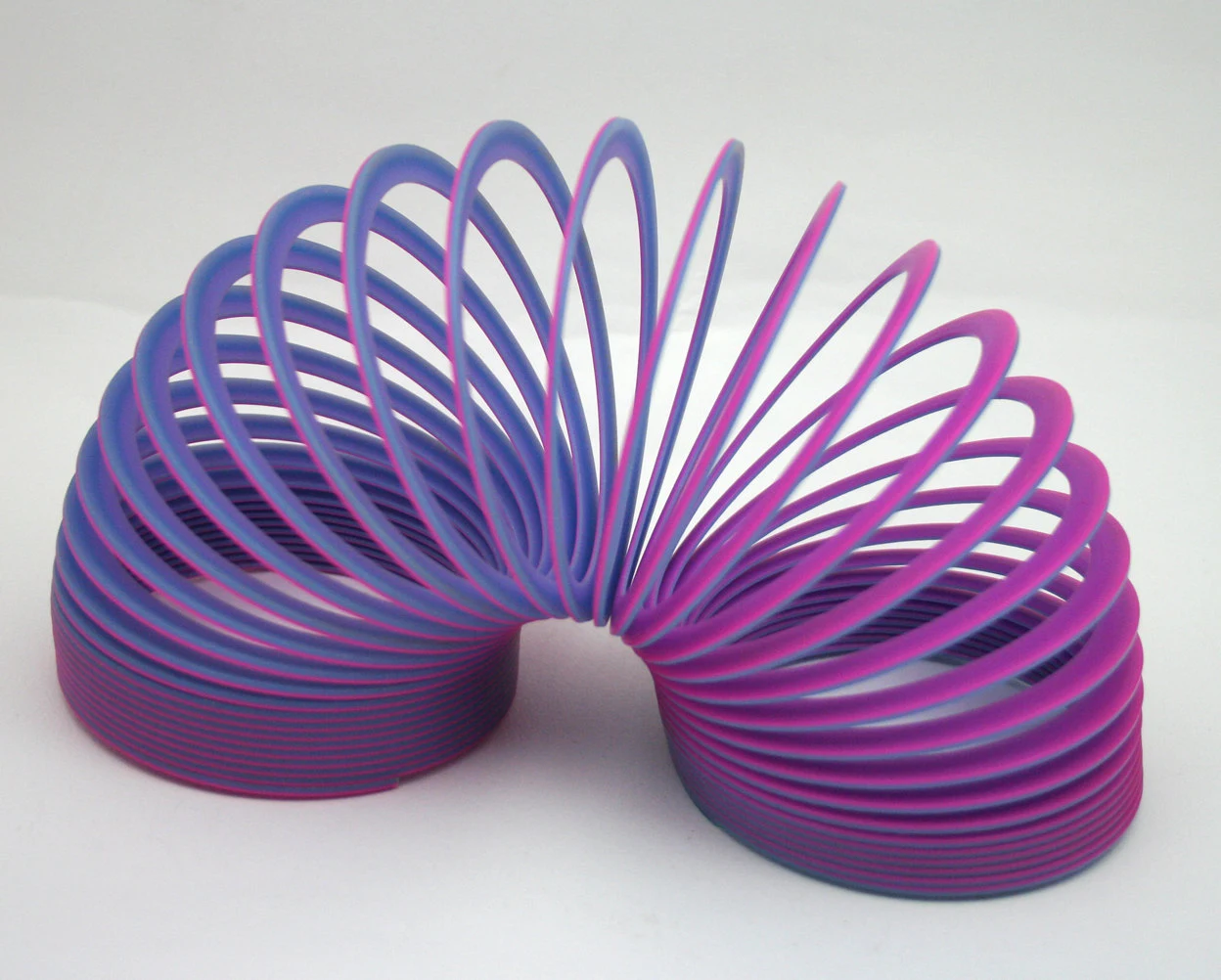 A slinky is a classic toy spring, a thing, that can 'walk' down stairs, alone or in pairs. The slinky also creates some very interesting sounds in its metal and not plastic versions.
A slinky is a classic toy spring, a thing, that can 'walk' down stairs, alone or in pairs. The slinky also creates some very interesting sounds in its metal and not plastic versions.
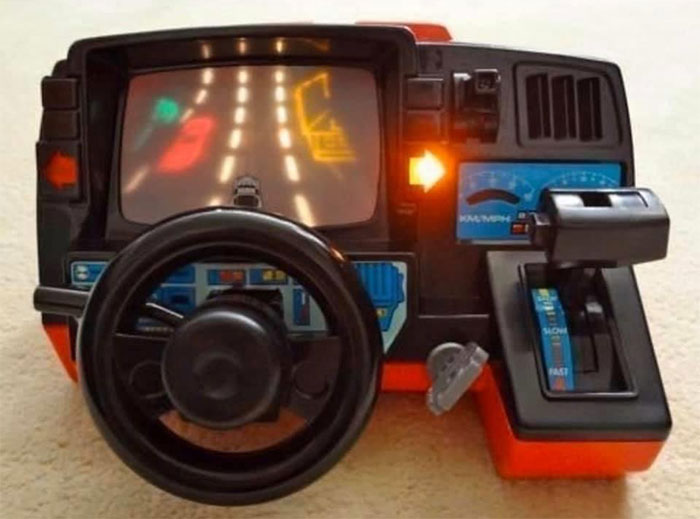 This is what home gaming looked like in primitive times for very young children. Thankfully, things got better in just a few short decades.
This is what home gaming looked like in primitive times for very young children. Thankfully, things got better in just a few short decades.
 The fast food cheeseburger restaurant chain McDonald's not only promoted other brands through the plastic toys in their children's 'Happy Meal' toys, but also their own bizarre creations. Plastic toys, colorful mascots, and plastic tubes and ball-filled pits known as 'Playlands' were all used to market unhealthy cheap food to children at an impressionable age.
The fast food cheeseburger restaurant chain McDonald's not only promoted other brands through the plastic toys in their children's 'Happy Meal' toys, but also their own bizarre creations. Plastic toys, colorful mascots, and plastic tubes and ball-filled pits known as 'Playlands' were all used to market unhealthy cheap food to children at an impressionable age.
 The California raisins, originally stop-motion animated by Will Vinton studios, were an attempt by California raisin-producers to capitalize on children's animated marketing and also entice the demographic to consume some more healthy options. Their character-driven musical numbers were highly memorable, if not effective.
The California raisins, originally stop-motion animated by Will Vinton studios, were an attempt by California raisin-producers to capitalize on children's animated marketing and also entice the demographic to consume some more healthy options. Their character-driven musical numbers were highly memorable, if not effective.
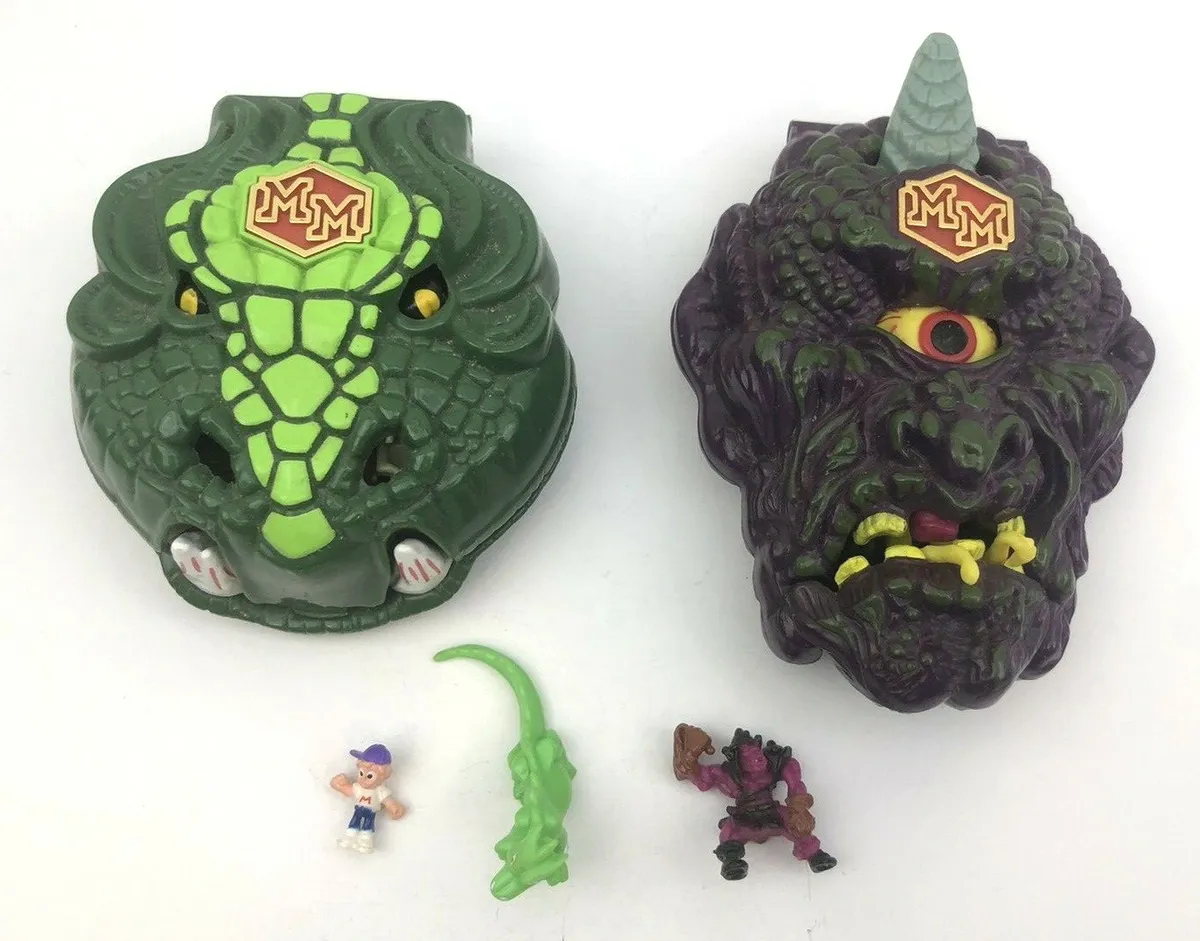 This image depicts another miniaturized toy/playset made of various plastics, which were quite popular at this time. Unnecesessarily gender-marketed toys like these, or those sold in Happy Meals, would categorize boys as wanting monstrous adventurous sets such as Mighty Max (pictured) whereas girls were categorized wit pink frilly fashionable sets such as Polly Pocket or The Littlest Pet Shop.
This image depicts another miniaturized toy/playset made of various plastics, which were quite popular at this time. Unnecesessarily gender-marketed toys like these, or those sold in Happy Meals, would categorize boys as wanting monstrous adventurous sets such as Mighty Max (pictured) whereas girls were categorized wit pink frilly fashionable sets such as Polly Pocket or The Littlest Pet Shop.
 Another sketching device, the Magna-Doodle worked by allowing the user to draw using magnets, or magnetic filings, or maybe manganese? It's hard to say, I cracked one open once and it was just a bunch of milky white liquid with tiny metallic or perhaps magnetic filings inside.
Another sketching device, the Magna-Doodle worked by allowing the user to draw using magnets, or magnetic filings, or maybe manganese? It's hard to say, I cracked one open once and it was just a bunch of milky white liquid with tiny metallic or perhaps magnetic filings inside.
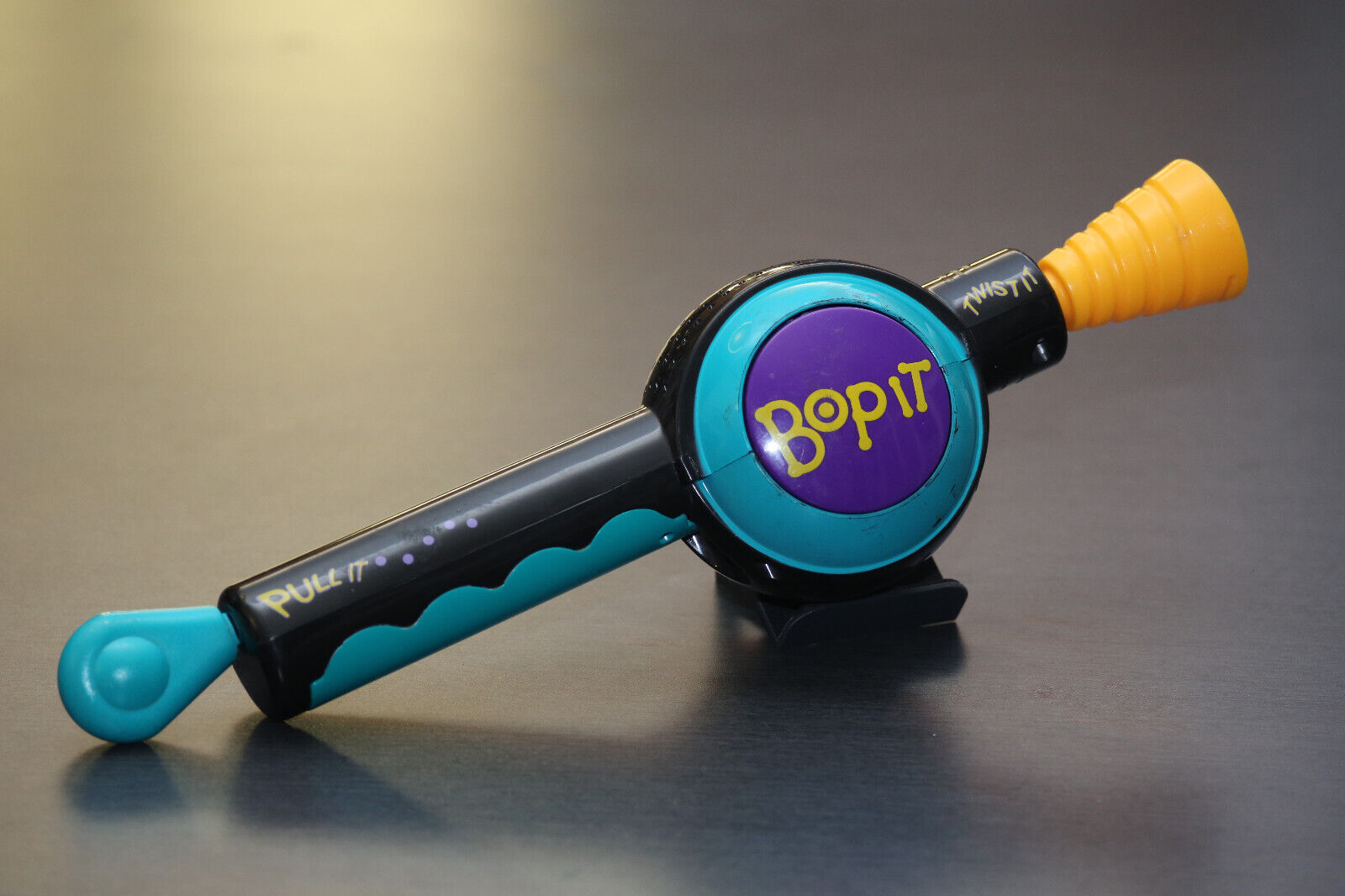 These loud and obnoxious plastic Bop-It devices were essentially memory-based games like Simon, in which a single or multiple players would have to remember the sequence of bops, twists, and pulls. Later versions had even more plastic knobs to manipulate in various ways.
These loud and obnoxious plastic Bop-It devices were essentially memory-based games like Simon, in which a single or multiple players would have to remember the sequence of bops, twists, and pulls. Later versions had even more plastic knobs to manipulate in various ways.
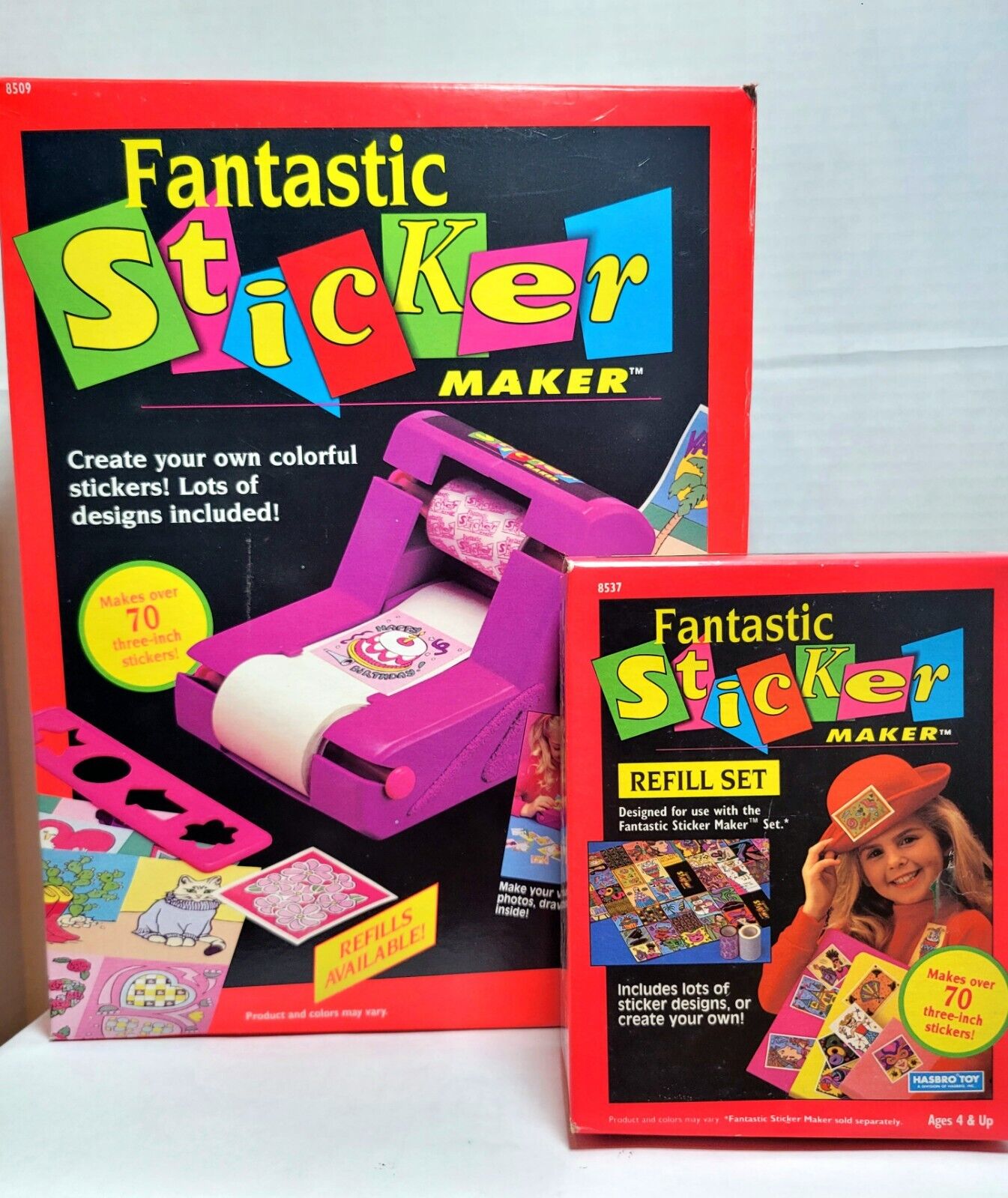 With this sticker maker, you could make your own stickers. These even included hologram or other shiny materials.
With this sticker maker, you could make your own stickers. These even included hologram or other shiny materials.
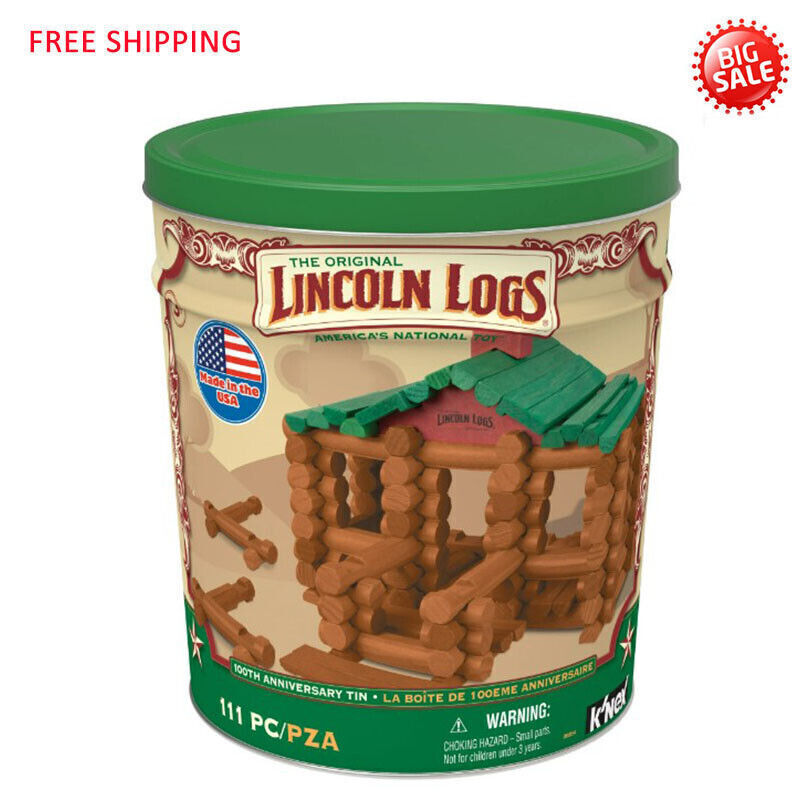 These are ancient toys from before the American Civil War, probably. Named after famed U.S. president Abraham Lincoln, they were meant to simulate, in miniature, the building of a log cabin. That was about it.
These are ancient toys from before the American Civil War, probably. Named after famed U.S. president Abraham Lincoln, they were meant to simulate, in miniature, the building of a log cabin. That was about it.
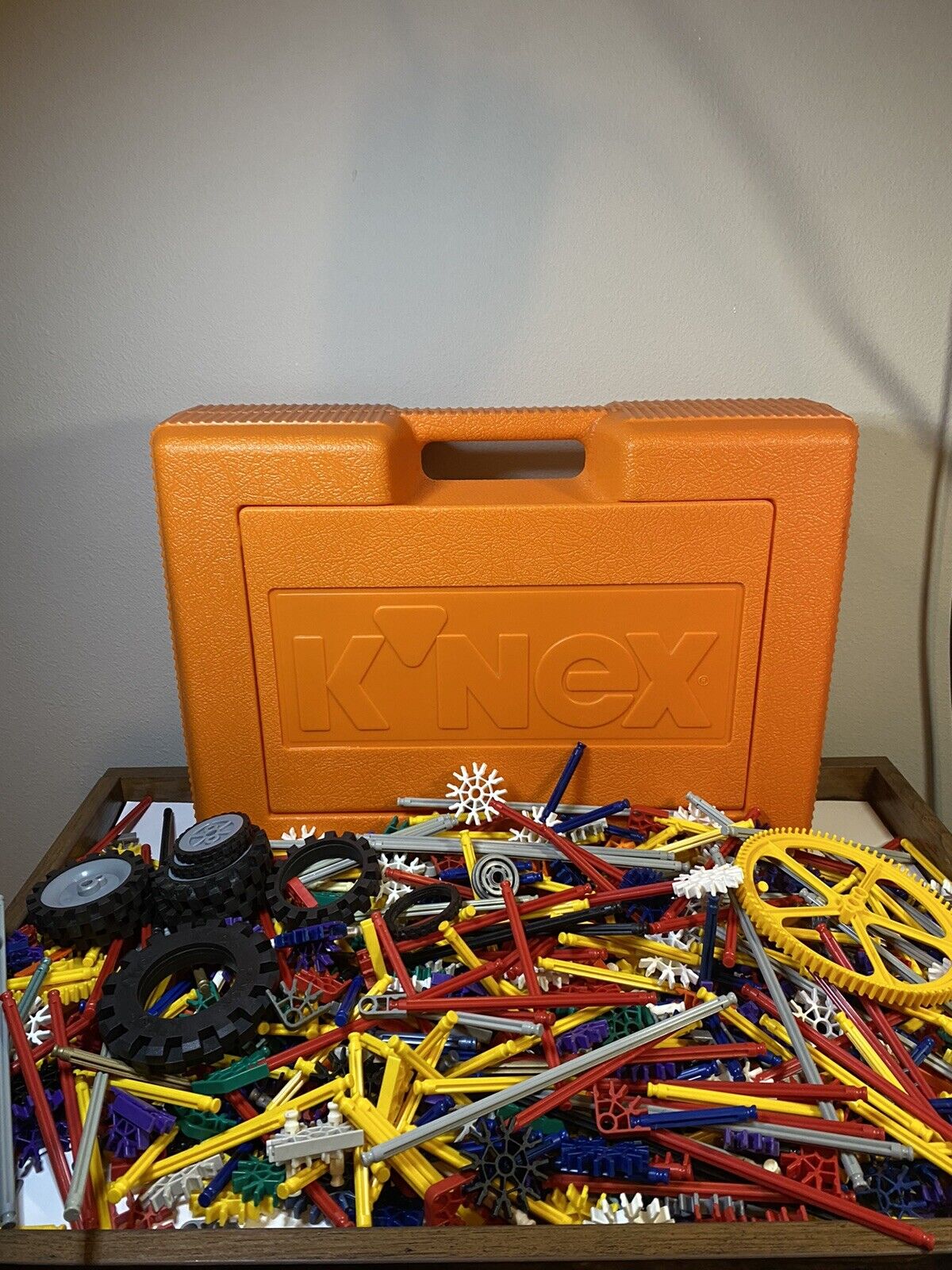 K'Nex, pronounced somewhat like 'connects', were plastic shapes also used for building, although with more creative choices than Lincoln Logs. They paled in comparison to LEGOs, and were only slightly less expensive. When a consumer discovered that K'Nex and LEGO were technically compatible, the engineering possibilities skyrocketed. LEGO unveiled their own LEGO Technic to recapture the market.
K'Nex, pronounced somewhat like 'connects', were plastic shapes also used for building, although with more creative choices than Lincoln Logs. They paled in comparison to LEGOs, and were only slightly less expensive. When a consumer discovered that K'Nex and LEGO were technically compatible, the engineering possibilities skyrocketed. LEGO unveiled their own LEGO Technic to recapture the market.
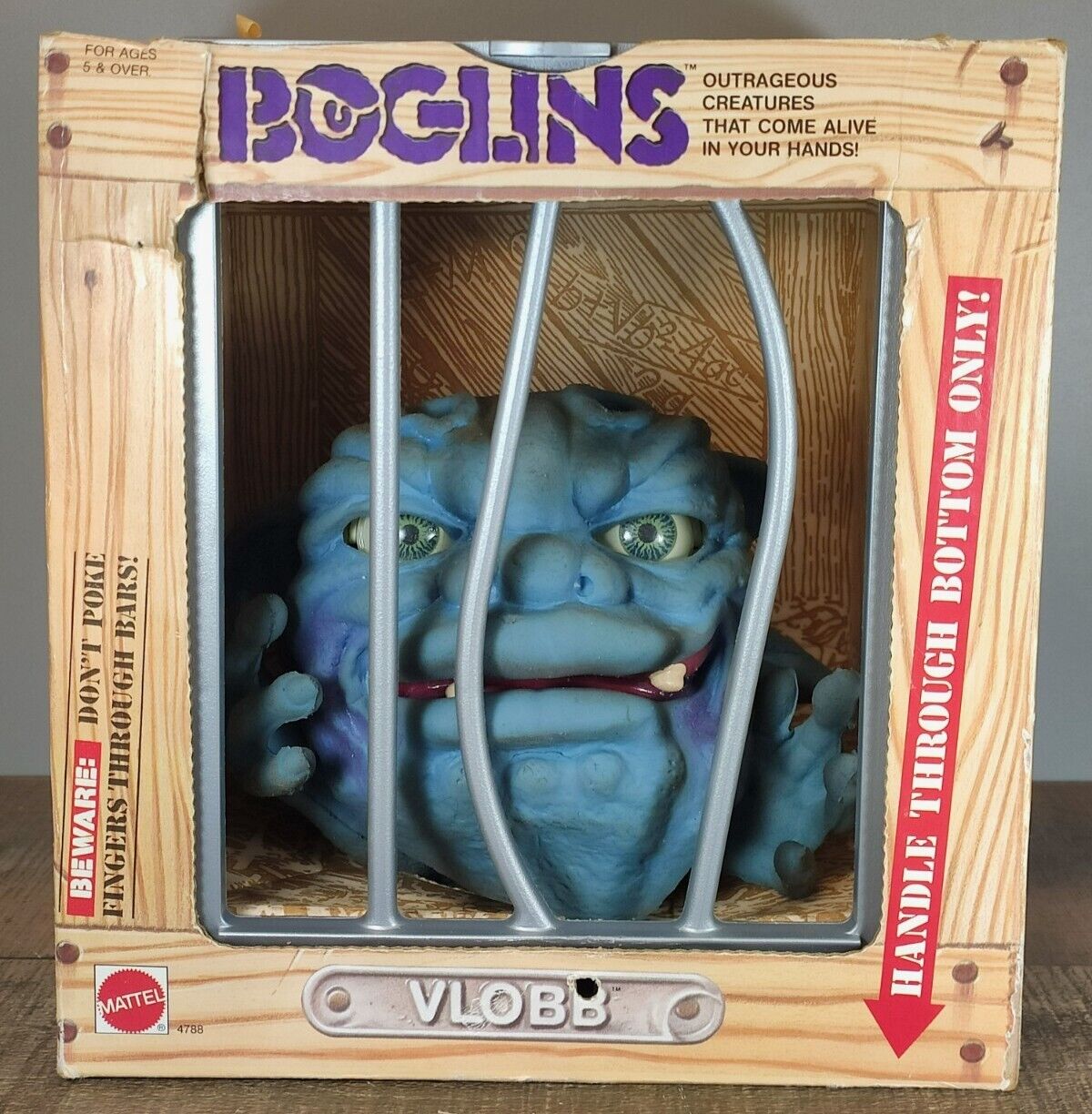 Boglins were intentionally ugly hand puppets made of some very odd plastics or vinyls that resulted in a strange smell on the hand of the wearer.
Boglins were intentionally ugly hand puppets made of some very odd plastics or vinyls that resulted in a strange smell on the hand of the wearer.
 This E.T. The Extra-Terrestrial was often seen in garage and yard sales as a used resale item, often with cracks of aging in its material, but still much better than the crappy video game.
This E.T. The Extra-Terrestrial was often seen in garage and yard sales as a used resale item, often with cracks of aging in its material, but still much better than the crappy video game.
 This plastic Wildlife Treasury box contained numerous paper cards of animals and animal facts, including messages of conservation and extinct animals.
This plastic Wildlife Treasury box contained numerous paper cards of animals and animal facts, including messages of conservation and extinct animals.
 The Talkboy, featured in the Home Alone sequel, was a tape cassette recording device made of chunky plastic made to resemble grey metals, but lightweight, handheld and popular.
The Talkboy, featured in the Home Alone sequel, was a tape cassette recording device made of chunky plastic made to resemble grey metals, but lightweight, handheld and popular.

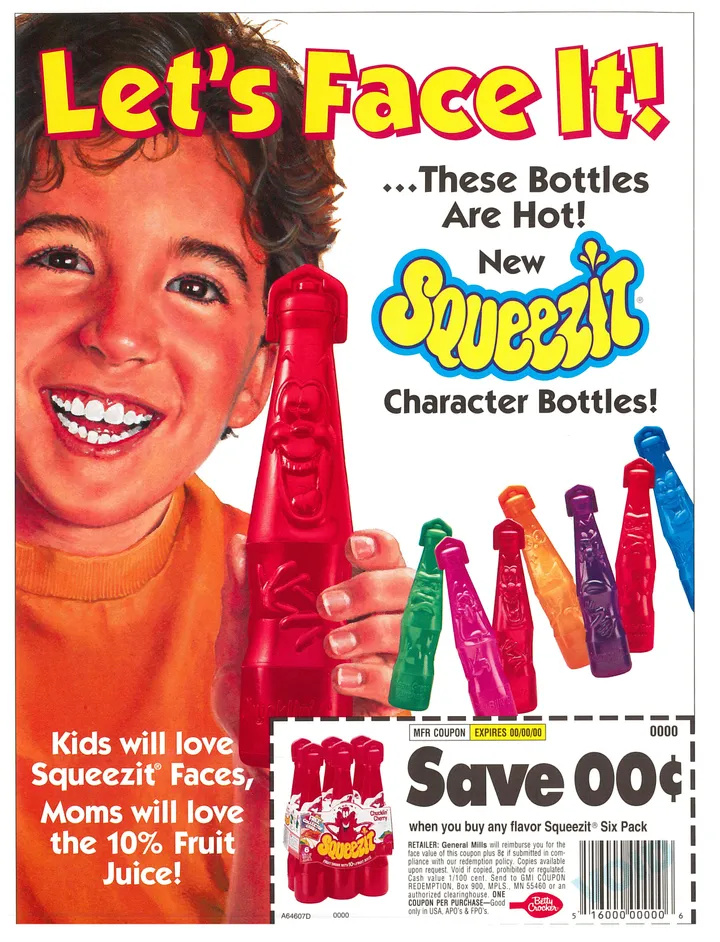
These last two aren't really toys, but rather ways of drinking beverage that were novel for their time. The first is a plastic cup designed to collapse for easier storage and pure novelty. The second was an expendable product of plastic beverages that could be easily squeezed to release their liquid inside. That, and the crafted character faces on each bottle, were the only known selling points. People were constantly on the go with our skateboarding and other extreme sports, arcades and malls, and other myriad activities, and in addition people required constant novelty and entertainment in every facet of their everyday lives, which variously shaped plastics helped to facilitate. This is why drinks were produced in squeezable bottles, or pouches, or yogurt on the go.
Children, or the parents of children, living at the tail end of the 20th Century had a plethora of choices for plastic products in numerous shapes and representations. Those of you reading this in the future may be (correctly) assessing this consumerism-driven age as one predicated on the production of a preponderance of plastic pollution, but know that such detritus served as sources of great, if temporary, amusement to those who came before. There is no need to absolve them, but this is part of the historical record.
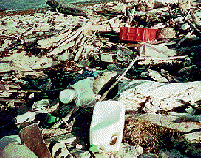

This page has been visited
 times. Sorry! My counter isn't Y2K-compatible!
times. Sorry! My counter isn't Y2K-compatible!
©Copyright Breshvic 1998, 2002, 2004